This article originally appeared on eightieskids.com
Ferris Bueller 2: Another Day Off

Much-loved 1986 teen comedy Ferris Bueller’s Day Off was written, co-produced and directed by John Hughes, and starred Matthew Broderick as Ferris Bueller, a charismatic (and possibly psychotic) teen who decides to take a day off from school in a spectacular fashion. The success of the original led to Hughes and Broderick planning a sequel which would have seen a now-adult Bueller trying his best to wrangle a day off work. However, the project never got beyond preliminary discussions, and Hughes’ death in 2009 finished it off for good.
Ei8ht
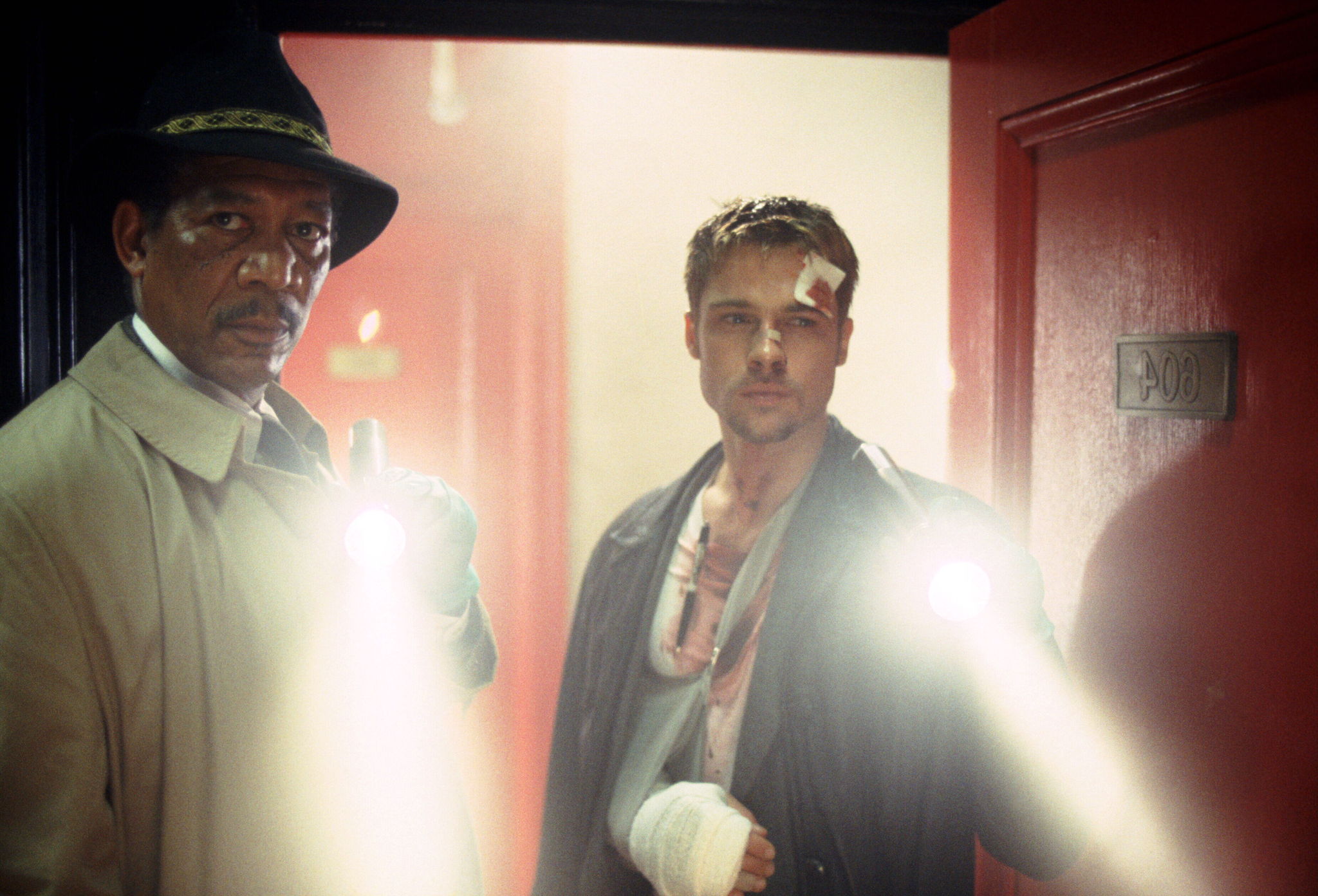
1995’s Seven (aka Se7en) is one of the most compelling and terrifying psychological thrillers ever made, but it doesn’t exactly cry out for a sequel. Nonetheless, the studio pursued this, and – believe it or not – they entertained the idea of a second film which revealed Morgan Freeman’s William Somerset to be a psychic. Unsurprisingly no one involved in the original movie would agree to this, and the script was eventually reworked into 2016 movie Solace, which features Anthony Hopkins as a psychic doctor who works with the FBI to track down a serial killer.
The Bodyguard 2
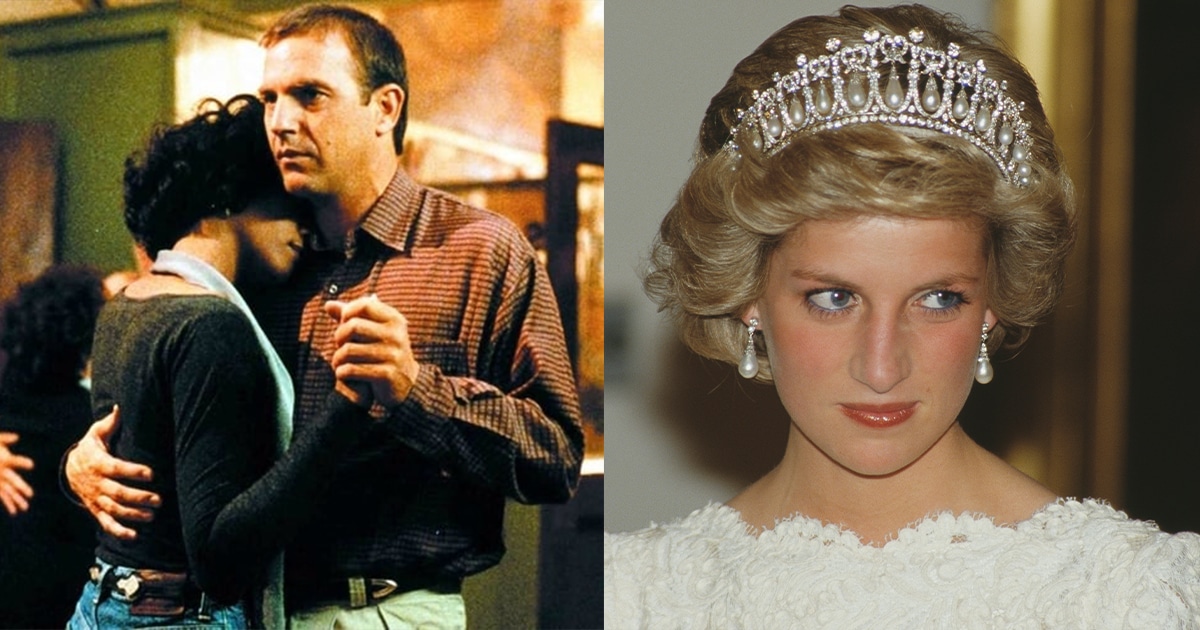
Released in 1992 and starring Kevin Costner and legendary singer Whitney Houston in her first-ever acting role, The Bodyguard cast Costner as an ex-Secret Service agent hired to protect Houston’s pop star. After the first film became a big box office success, Costner had a somewhat surprising suggestion for who he should protect in the follow-up. It was suggested that The Bodyguard 2 would have co-starred Diana, Princess of Wales as a fictionalised version of herself. As unlikely as seems, Costner says Diana agreed to make the movie, and was sent the script just before her untimely death in 1997.
Gladiator 2: Christ Killer

2000’s Gladiator made Russell Crowe a superstar. A sequel was hoped for, but the death of Crowe’s Maximus posed a problem. To deal with this, a script was written (by Australian singer-songwriter Nick Cave, of all people) which saw Maximus mystically come back to life. Gladiator 2: Christ Killer then followed a seemingly immortal Maximus through time, seeing him fight in history’s most memorable armed conflicts, from the Crusades to the Vietnam war. Unsurprisingly, this was considered too weird to make, and it is not believed that the upcoming Gladiator sequel has anything to do with this script.
Indiana Jones and the Monkey King
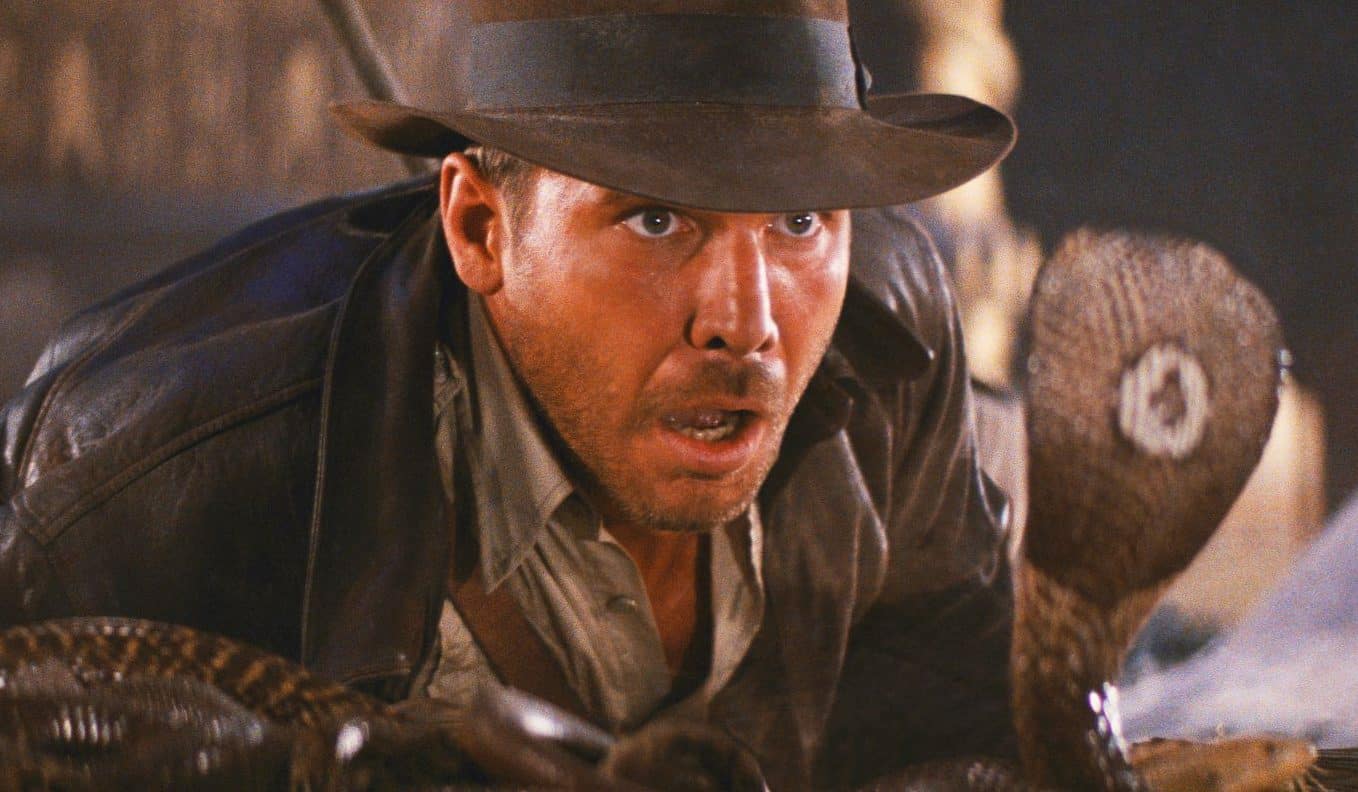
After the huge success of Raiders of the Lost Ark and the more controversial Indiana Jones and the Temple of Doom, producer George Lucas and director Steven Spielberg hired screenwriter Chris Colombus to write a third movie. Colombus’ script, Indiana Jones and the Monkey King, saw Harrison Ford’s adventurer hit the African jungles, ride a rhino, and battle armies of intelligent gorillas plus cybernetically-enhanced Nazi super-soldiers. This was thrown out for being way too over-the-top and expensive, and screenwriter Jeffrey Boam was instead hired to pen what became the third film in the series, 1989’s Indiana Jones and the Last Crusade.
Double V Vega
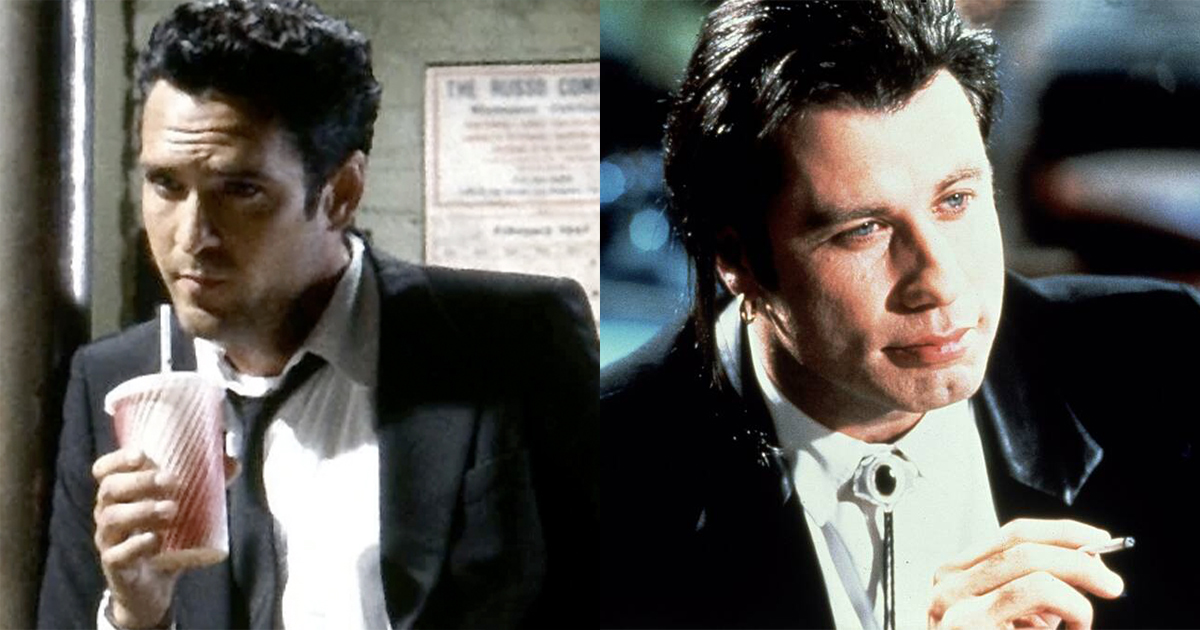
Quentin Tarantino is certainly not opposed to sequels, having stated his desire to turn Kill Bill into a trilogy. The writer-director also publicly discussed the possibility of a Pulp Fiction/Reservoir Dogs spinoff entitled Double V Vega, which would explored the brothers Vic and Vincent Vega, played by Michael Madsen and John Travolta. Unfortunately for fans of both films, Tarantino ultimately decided that there wasn’t a way to make the film logically work (as both men die in their respective films, and both actors had aged too much to make a believable prequel), so he scrapped the project.
Star Wars: Splinter of the Mind’s Eye
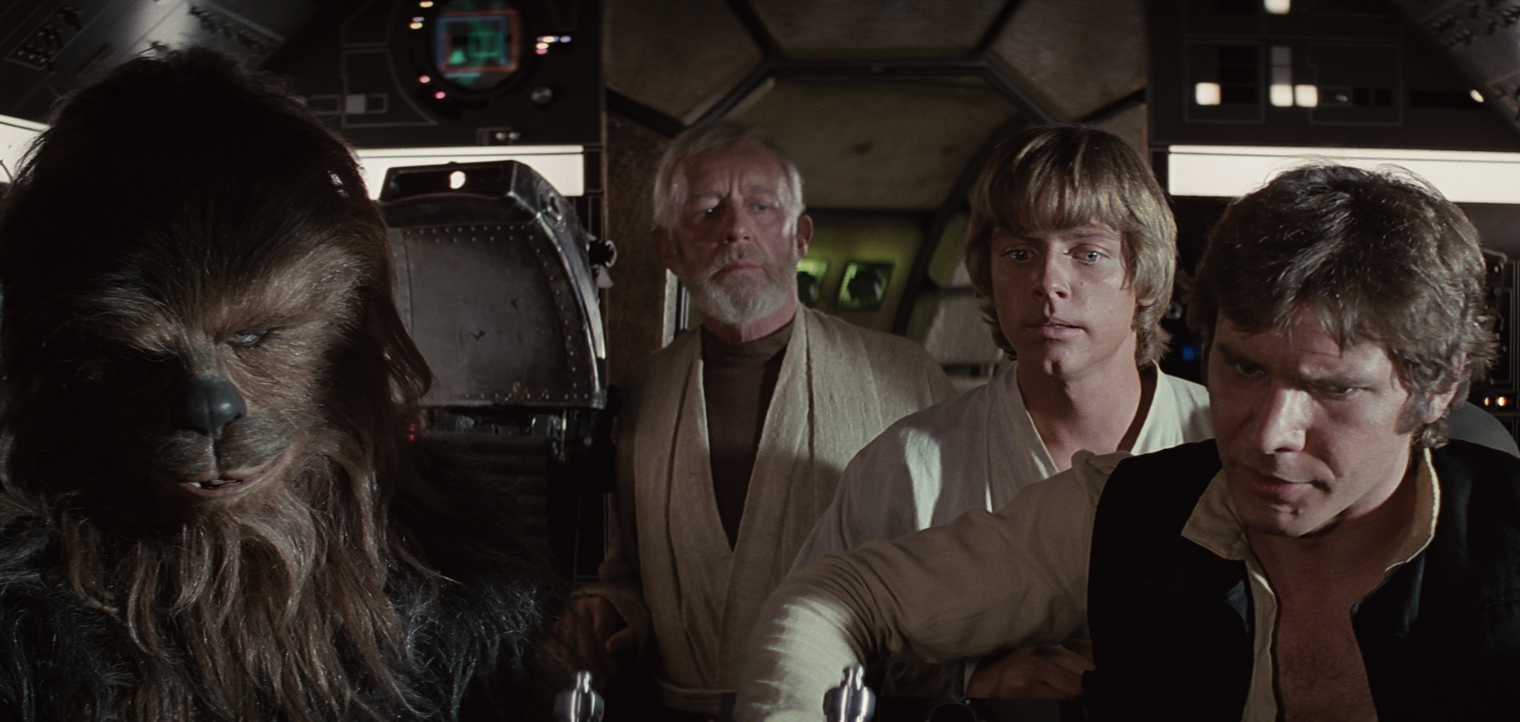
Today, 1977’s Star Wars is a legendary blockbuster, but before its release the film’s success was far from assured. After novelist Alan Dean Foster wrote the Star Wars novelisation, George Lucas commissioned him to write a follow-up novel, Splinter of the Mind’s Eye, which sees Luke and Leia marooned on a mysterious planet after a crash-landing. Lucas intended this as the basis for a low-budget sequel if Star Wars proved a commercial failure – but when it proved the biggest box office hit ever, Lucas abandoned Splinter of the Mind’s Eye in favour of the more ambitious The Empire Strikes Back.
Airplane III
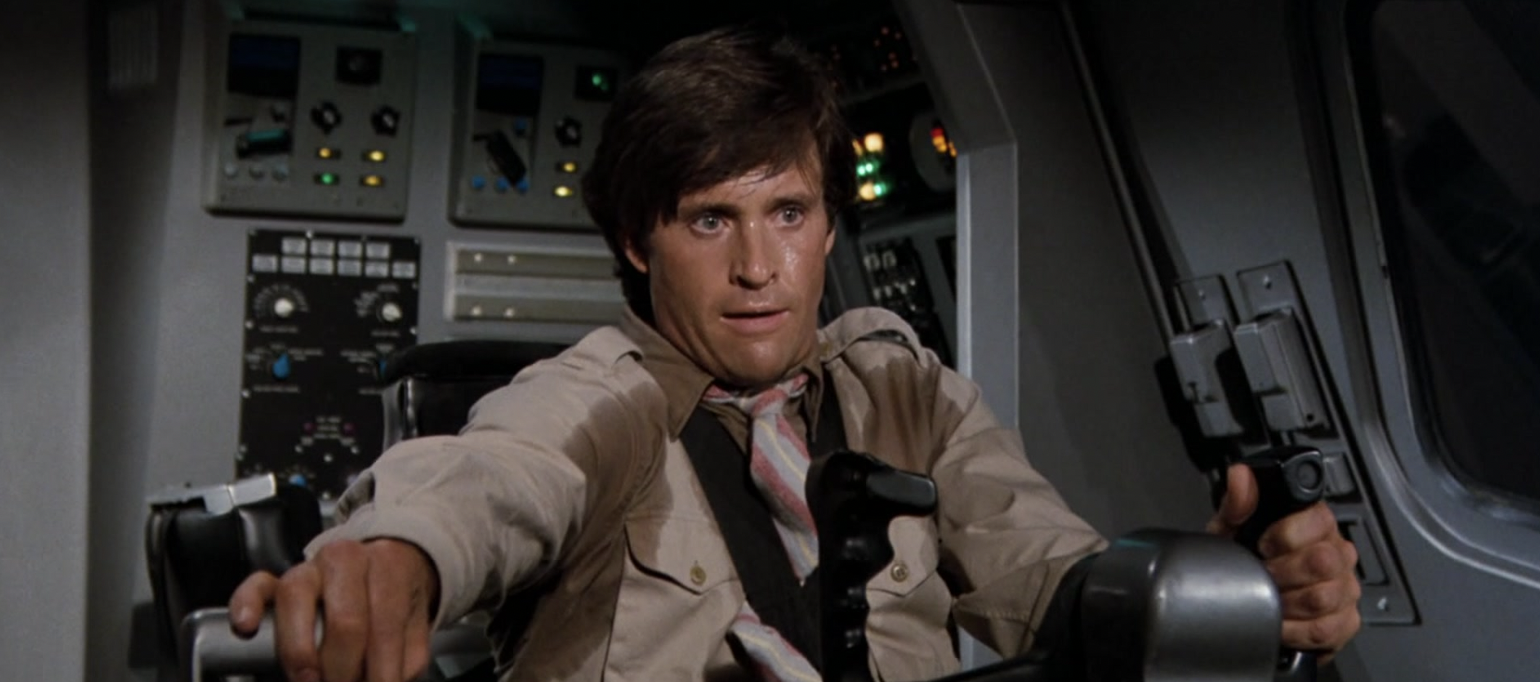
The original Airplane is considered a seminal work of comedy, and it performed so well that the filmmakers immediately commissioned two follow ups. Unfortunately, Airplane II: The Sequel unexpectedly crashed and burned, spooking the studio. The crew tried to press ahead anyway with a direct-to-TV third sequel, but the project never managed to get off the ground. There are no details on what Airplane III would have been about, but given the content of the first two it’s fair to assume it would have been ridiculous.
Willy Wonka and the Great Glass Elevator
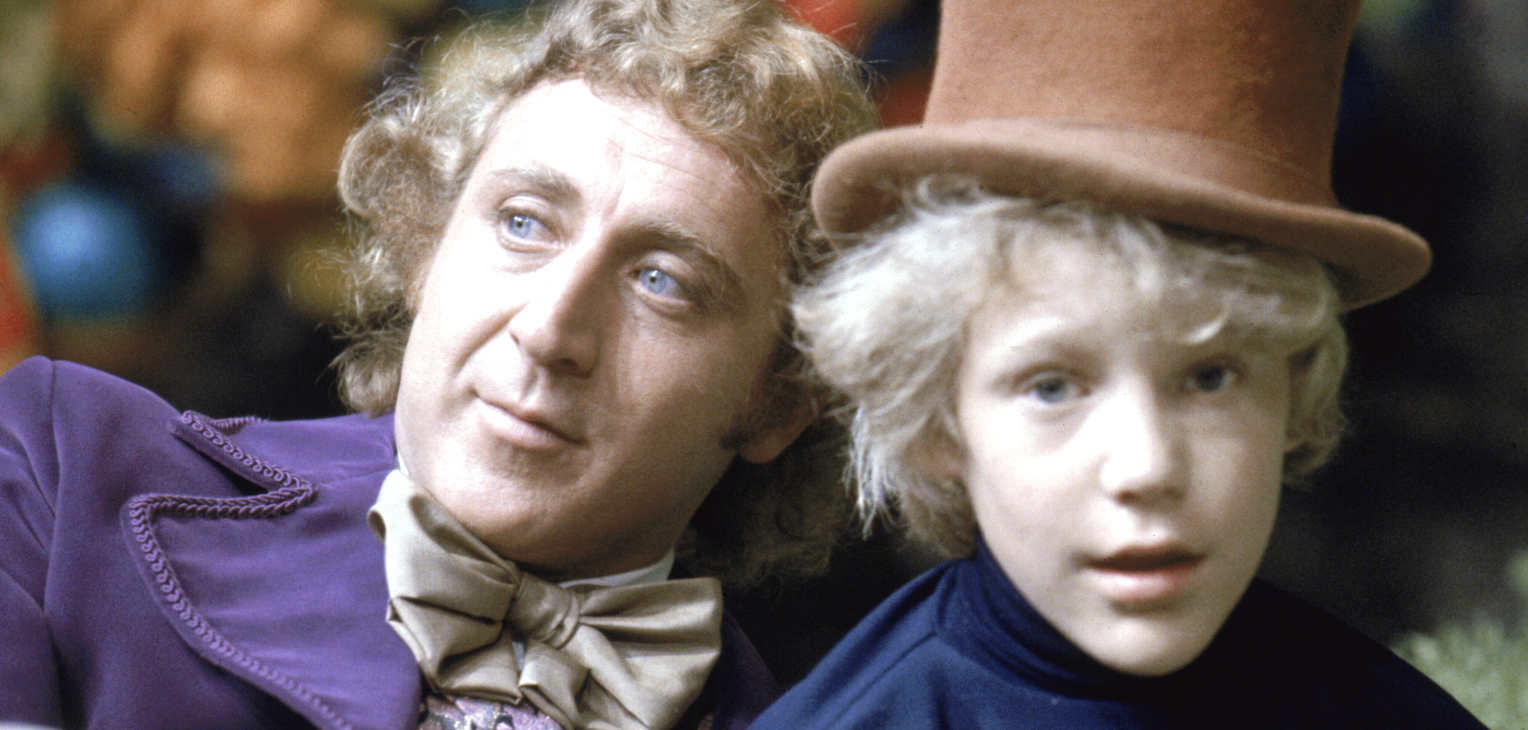
Today, Willy Wonka and the Chocolate Factory is considered one of the best family films ever, but this wasn’t always the case. On release in 1971, the film flopped, and it didn’t help that novelist Roald Dahl was outspoken in his dislike of the adaptation of his book Charlie and the Chocolate Factory. Though Dahl was powerless to stop the film’s release, he refused to sign over the rights to the book’s sequel, Charlie and the Great Glass Elevator, which sees Charlie, Grandpa Joe and Willy Wonka fly to outer space where they meet astronauts, aliens and the US President.
Beetlejuice goes Hawaiian

Beetlejuice perfectly showcased Tim Burton’s talent for the offbeat and gothic, and the movie quickly developed a loyal following. Whilst no one was expecting it, the idea for a sequel – set in Hawaii of all places – was percolating in Burton’s mind for some time. The director even discussed the idea with Winona Ryder, who starred in the original, but despite the eagerness of both Ryder and Beetlejuice actor Michael Keaton reprise their roles, the project was scrapped in 2019.
Fantastic Four 2
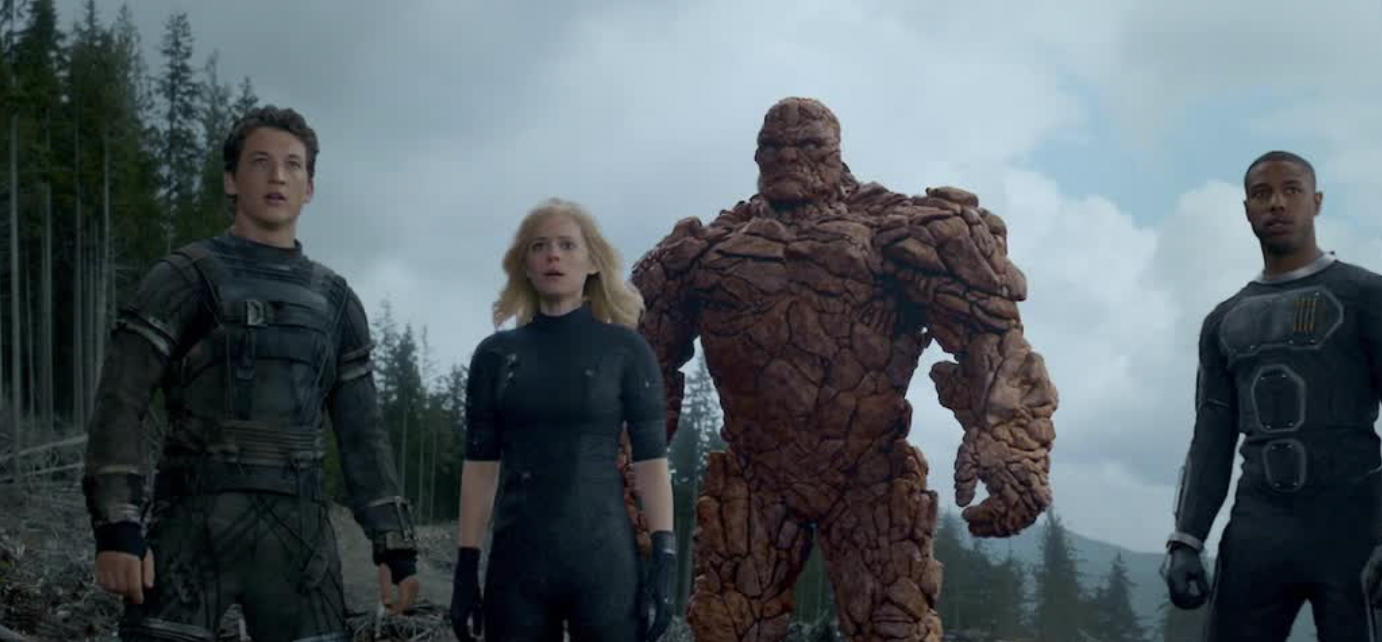
Despite being some of the most beloved comic book characters of all time, the Fantastic Four have never fared well on the silver screen. After two Tim Story-directed movies that were roundly panned, Josh Trank had a stab at the franchise in 2015, making a Fantastic Four movie that adopted the gritty aesthetic that was popular at the time. Unfortunately, the film’s terrible editing resulted in a confusing mess, and rumours of Trank’s volatile on-set behaviour hung over the movie. Despite this, Fox claimed they intended to make a sequel, before quietly axing it from their schedule.
The Man From U.N.C.L.E 2
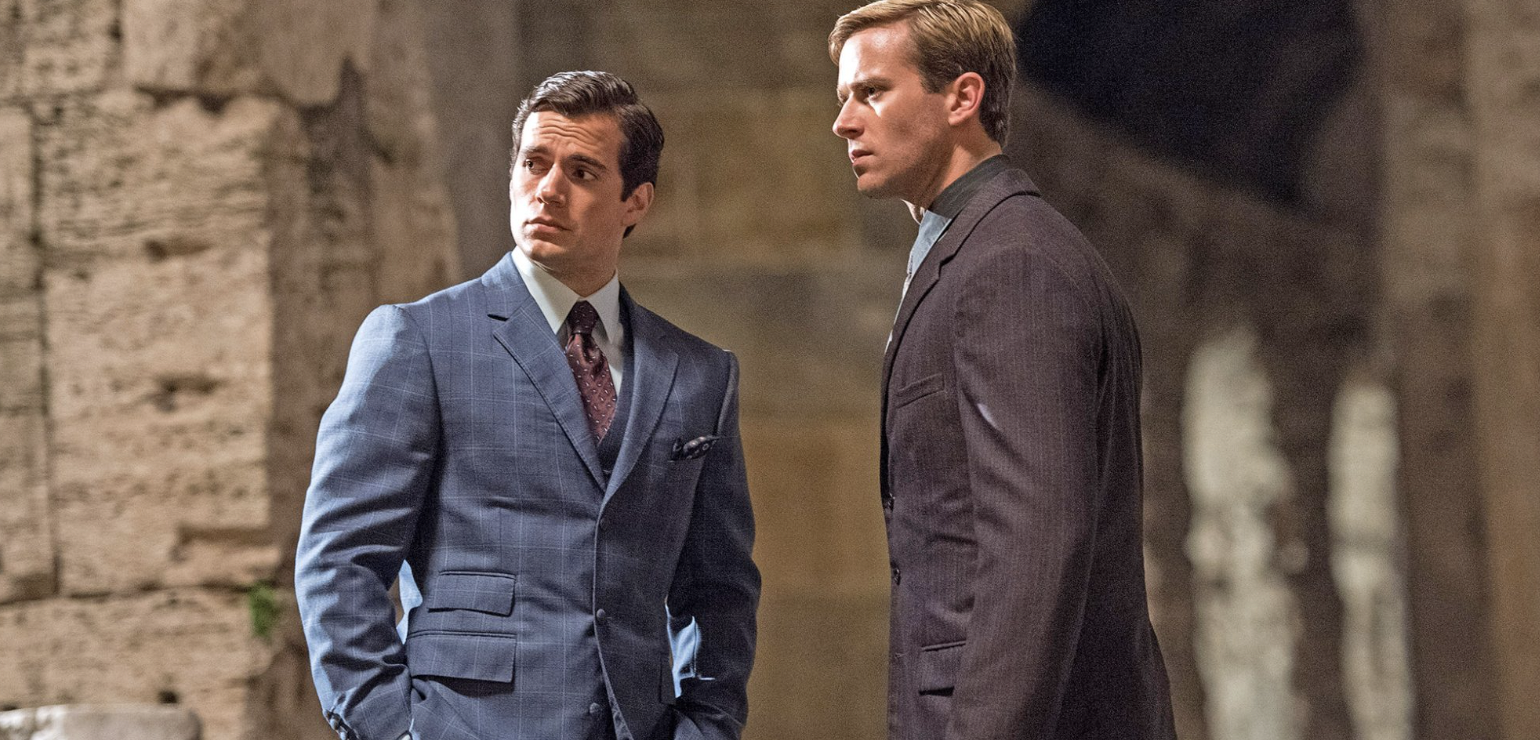
The Man From U.N.C.L.E saw Guy Ritchie making a rare departure from films about the criminal underworld, although the spy thriller retained the director’s trademark snappy style. Boasting some genuine star power in the form of Henry Cavill and Armie Hammer, The Man From U.N.C.L.E gained a loyal following, and plans for a sequel were soon underway. Unfortunately for fans, however, that sequel was quietly binned, with many suspecting that the damaging allegations that surfaced about Hammer in 2021 were to blame.
The Subtle Knife
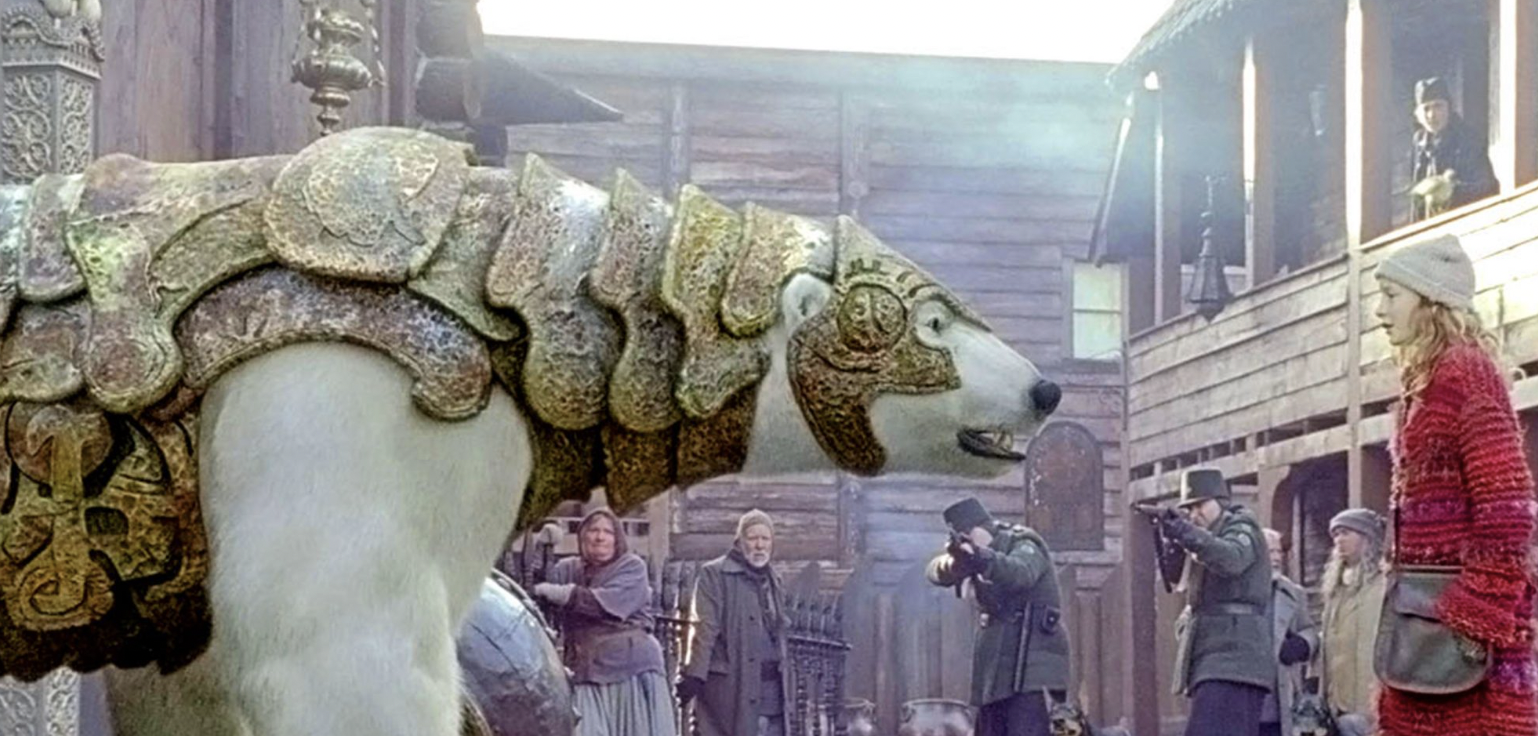
Philip Pullman’s ‘His Dark Materials’ is one of the most widely celebrated children’s book series of all time, and it was practically screaming for a film adaptation. When New Line Cinema acquired the rights to the series it seemed as if fans’ dreams were coming true, but the first instalment – 2007’s The Golden Compass – performed unexpectedly poorly on release, and the studio axed their plans for a trilogy. Happily, HBO eventually saved the day, turning the books into a TV show that garnered consistently positive reviews.
Superman Returns 2
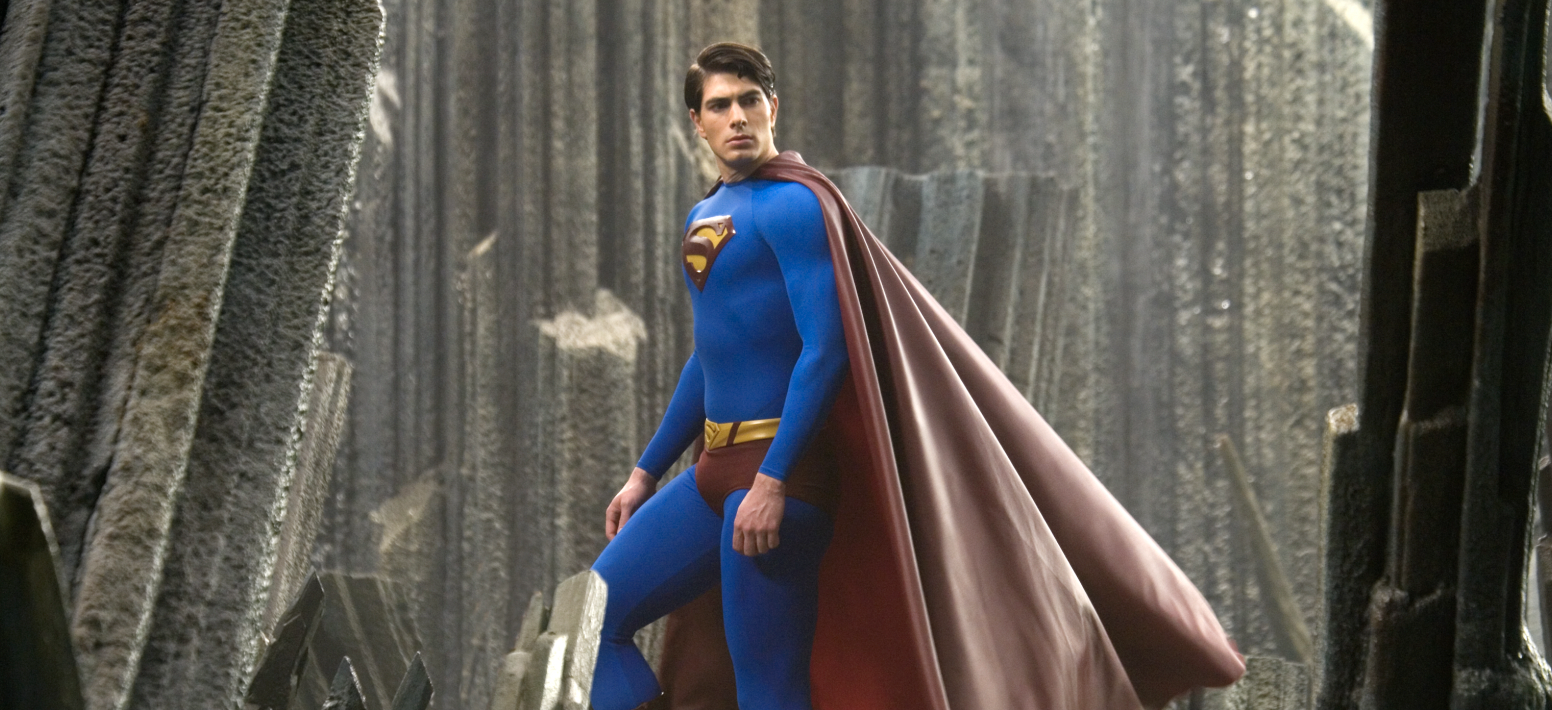
Warner Bros attempt to reboot the Superman franchise in 2006 fell disappointingly flat, especially compared to the success of Batman Begins – the studio’s other DC reboot – which was released the previous year. Nevertheless, Warner Bros pressed ahead with plans for a sequel, slated for release in 2009. However, director Bryan Singer wasn’t particularly keen to come on back on board and, after stringing the studio along for a bit, he dropped out to direct Jack the Giant Slayer. Soon the Superman Returns sequel was scrapped outright in favour of another reboot, 2013’s Man of Steel.
World War Z 2
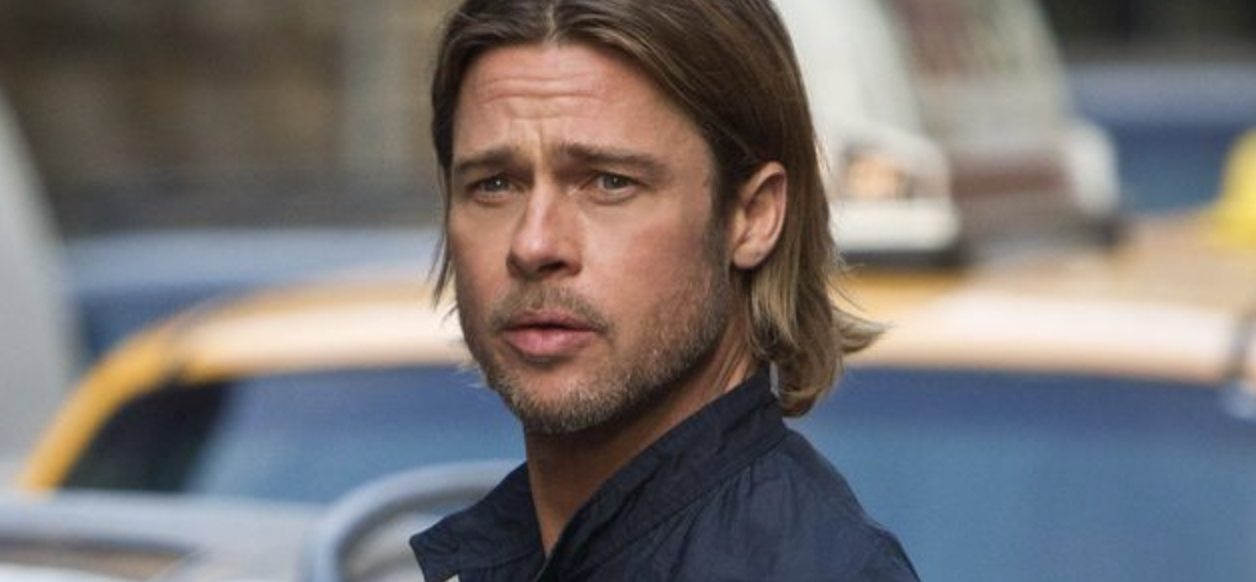
World War Z managed to pull off the tricky feat of putting a fresh spin on the overly saturated zombie genre, garnering praise from critics and audiences alike. A sequel was commissioned, but Paramount struggled to find a director who would commit to the project. Brad Pitt’s old Seven/Fight Club collaborator David Fincher eventually came on board to direct, but he too swiftly dropped out due to other commitments, and the sequel was put on hold indefinitely after the Chinese government officially banned zombie movies (yes, really).
The Amazing Spider-Man 3
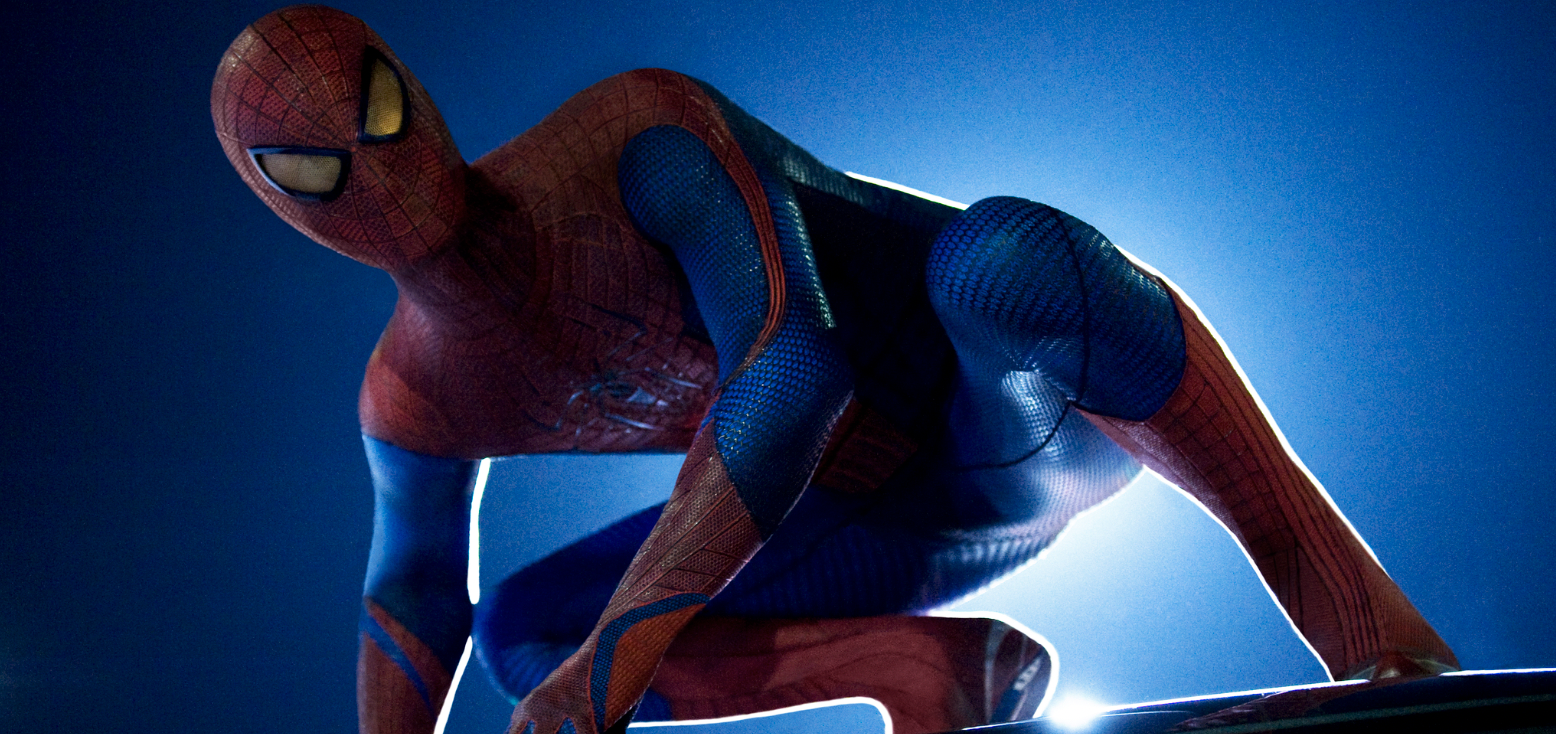
Sony had originally intended for Andrew Garfield to star in four Amazing Spider-Man movies, and the third would likely have seen him do battle with supervillain team The Sinister Six. However, after The Amazing Spider-Man 2 was critically mauled (despite an impressive performance at the box office), the studio decided on a reshuffle. Sony sidelined Garfield, teamed up with Marvel Studios and cast Tom Holland as the MCU Spider-Man. Happily, Garfield did get to make one final appearance as the character in Spider-Man: No Way Home, thanks to some clever exploration of the multiverse concept.
Mrs. Doubtfire 2
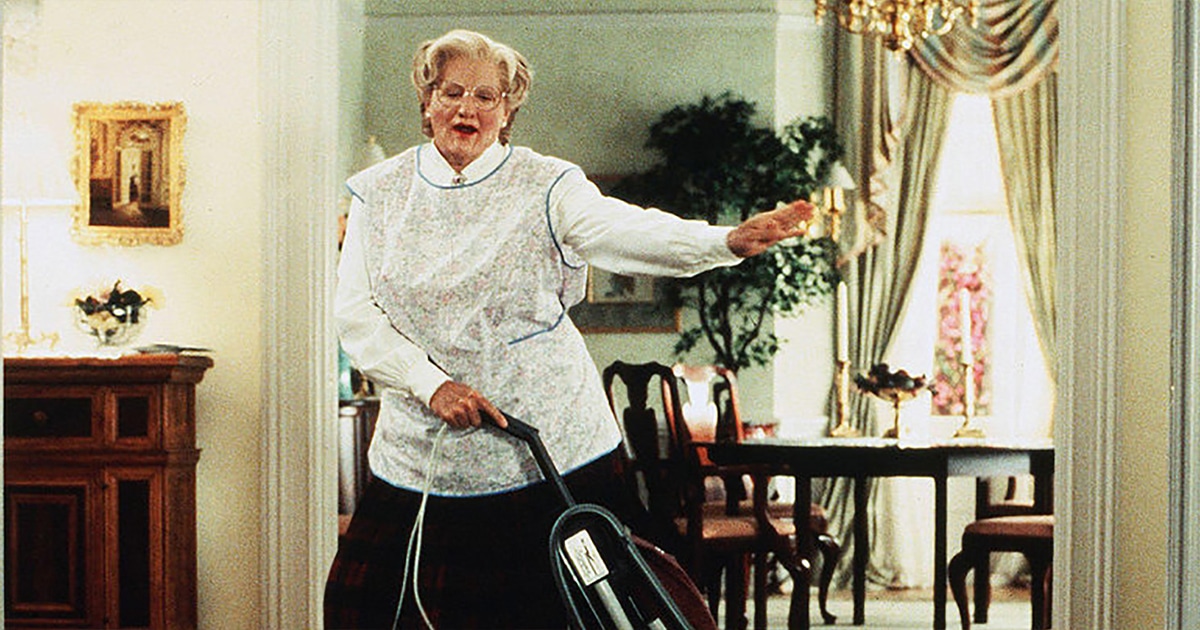
1993’s Mrs. Doubtfire saw the late, great Robin Williams play a divorced actor who dresses up as a female housekeeper so he can remain close to his children. The studio wanted more, and a sequel was proposed that would have seen Williams once again dressing up as Mrs. Doubtfire so he could spy on his daughter at college. A screenplay was written but Williams turned it down, later saying “the script they had just didn’t work. They could never write it. They kept trying and it doesn’t work.”
Forrest Gump 2

You’ll remember Robert Zemeckis’ 1994 film Forrest Gump as one of the best-loved movies of the 1990s which won Tom Hanks his second Best Actor Oscar. You might not have known it was based on a 1986 novel by Winston Groom – who also wrote a follow-up book. Groom received a seven-figure payment from Paramount Pictures for movie rights to his 1995 novel Gump & Co, but it was never made after being deemed ‘no longer relevant’ in the wake of the September 11th, 2001 terrorist attacks.
The Breakfast Club 2
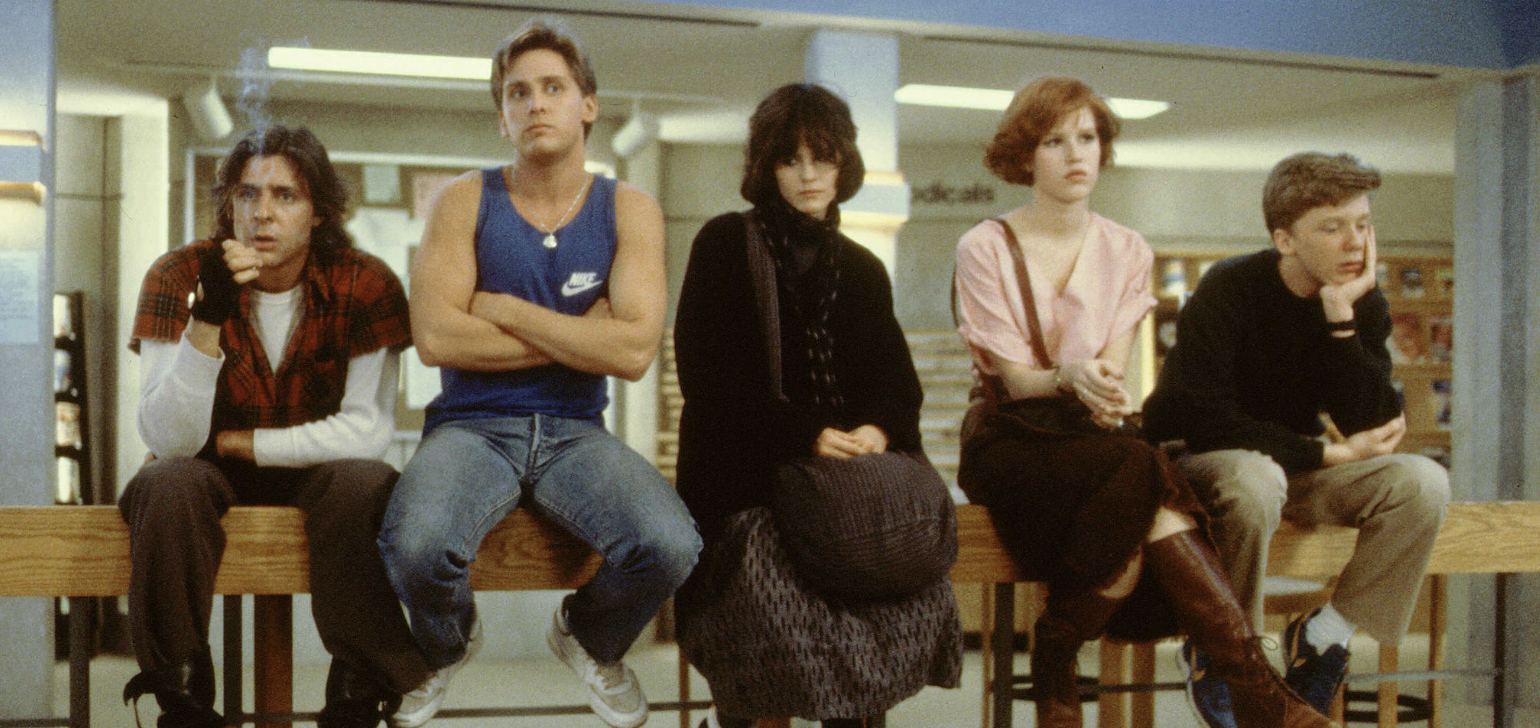
The ending of The Breakfast Club – which saw its teenage characters optimistically going their separate ways – was ambiguous enough that a sequel could conceivably have worked. However, filmmaker John Hughes was less than keen about the idea, preferring to leave what happened after the end credits to viewers’ imaginations. Despite the studio making Hughes numerous lucrative offers to write a sequel picking up with the characters ten years later, the filmmaker stuck to his artistic principles and steadfastly refused.
Bubba Nosferatu: Curse of the She-Vampires
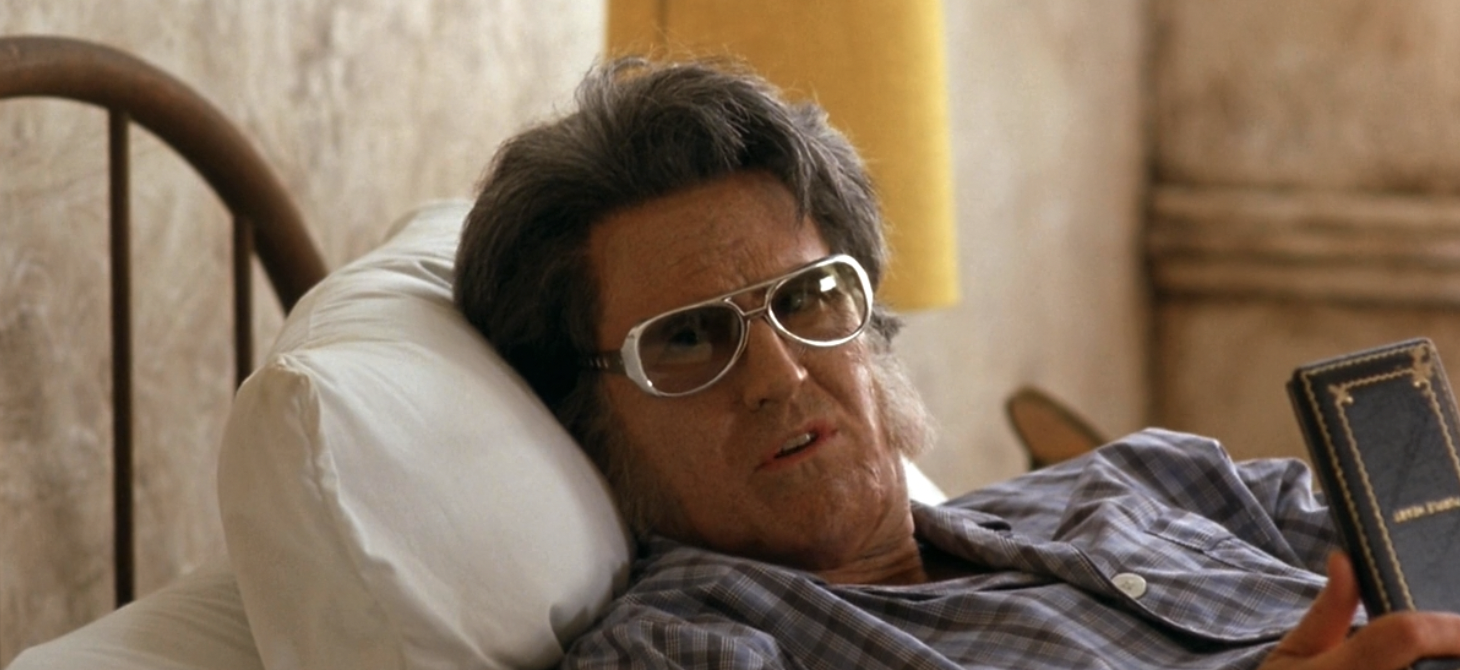
2002’s Bubba Ho-Tep was an unabashedly ludicrous yet unexpectedly moving film, in which a geriatric Elvis Presley (living in a nursing home decades after faking his own death) does battle with a reanimated Egyptian mummy. A prequel was in the works, which would have seen a younger Elvis tackling a coven of she-vampires. Tragically it never materialised, in part because Elvis actor Bruce Campbell refused to return, feeling the script for the follow-up didn’t do justice to the first film.
Casablanca 2/Brazzaville
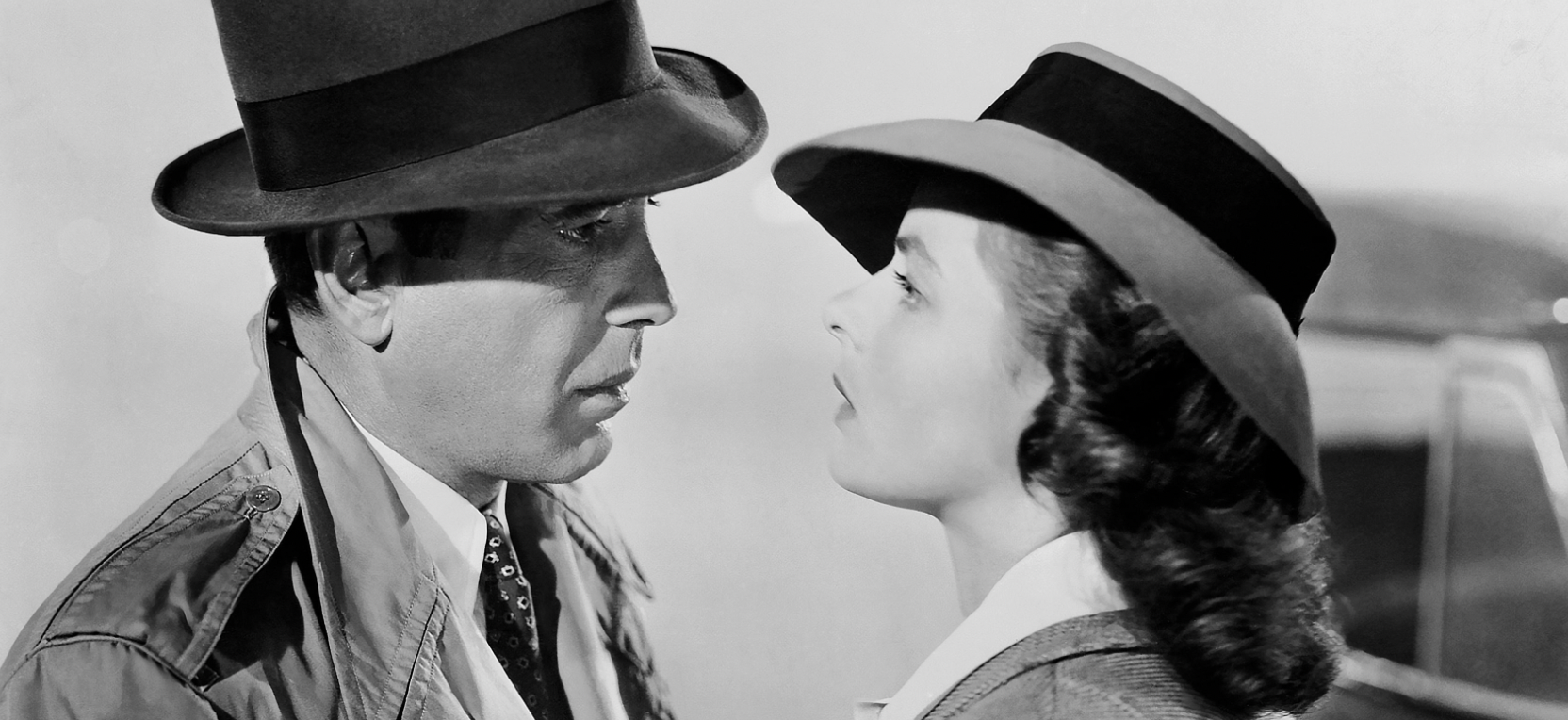
A high point in the history of cinema, Casablanca was a huge commercial success, and Warner Bros wanted to cash in. Three separate attempts were made to create a sequel, but of the lot, Brazzaville was by far the worst. The movie would have immediately torn up Casablanca’s iconically bittersweet ending, which sees Rick watch Isla fly off with her husband, by having said husband immediately die. It also would have revealed that Rick and Renault were both US spies all along, thereby undoing Renault’s character development in the original. Fortunately, Ingrid Bergman refused to return as Ilsa, so this monstrosity of a sequel never materialised.
Freddy vs Jason vs Ash
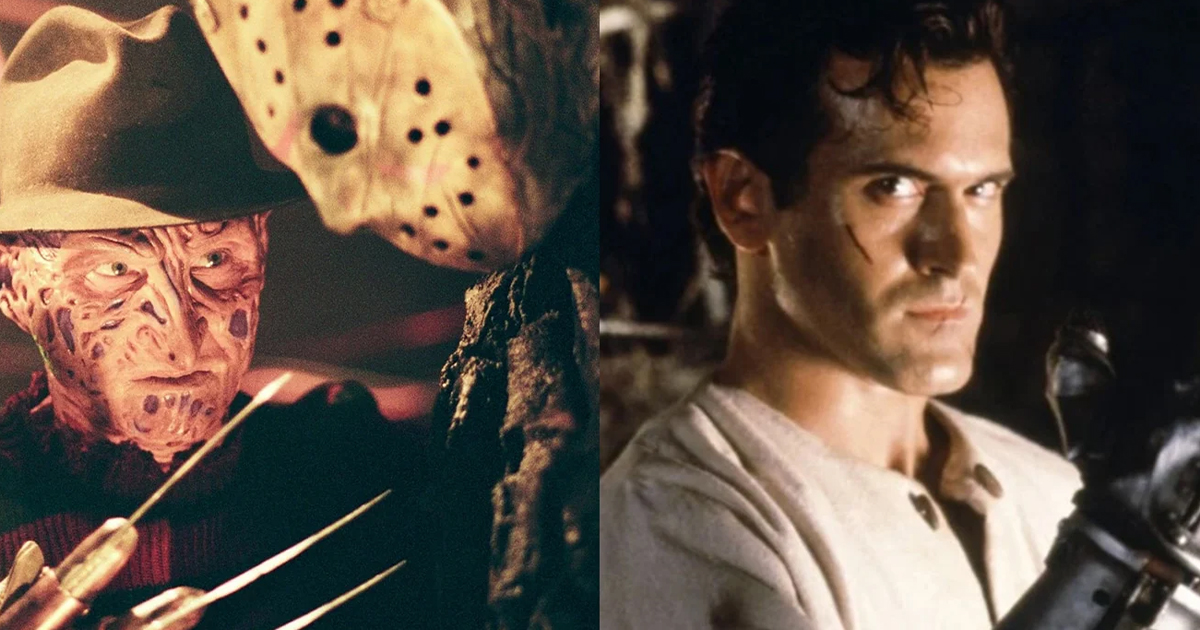
Whilst it was met with a lukewarm critical response, 2003’s Freddy vs Jason took enough at the box office for studio New Line Cinema to green-light a sequel. The plan was to add The Evil Dead’s chainsaw-wielding Ash, and establish that Jason Voorhees’ invulnerability is linked to the Evil Dead’s dark magic book the Necronomicon. Unfortunately, the Evil Dead producers refused to sign over the rights to their character. The project stalled for several years before it was killed outright when New Line parent company Warner Bros gave the rights to Friday the 13th back to their original owners, Paramount.
Rambo 5
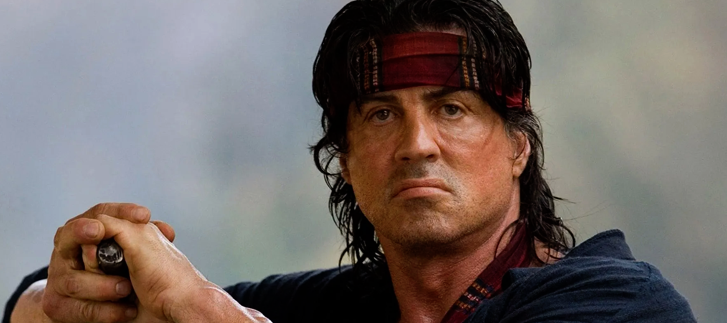
In 2008, Sylvester Stallone reprised the character of Rambo for the fourth time, and – whilst it wasn’t particularly well received by critics or fans – the studio green-lit a fifth movie. In a 2009 interview, Stallone revealed that the sequel’s plot involved a secret facility creating a chemically enhanced super soldier that Rambo would have to track down and kill. It would have marked a sharp departure in tone from the previous movies, which were all relatively realistic, and the studio soon dropped the idea. A reboot titled Rambo: Last Blood was released in 2019, but it was widely condemned for peddling xenophobic, far-right ideas.
Dredd 2
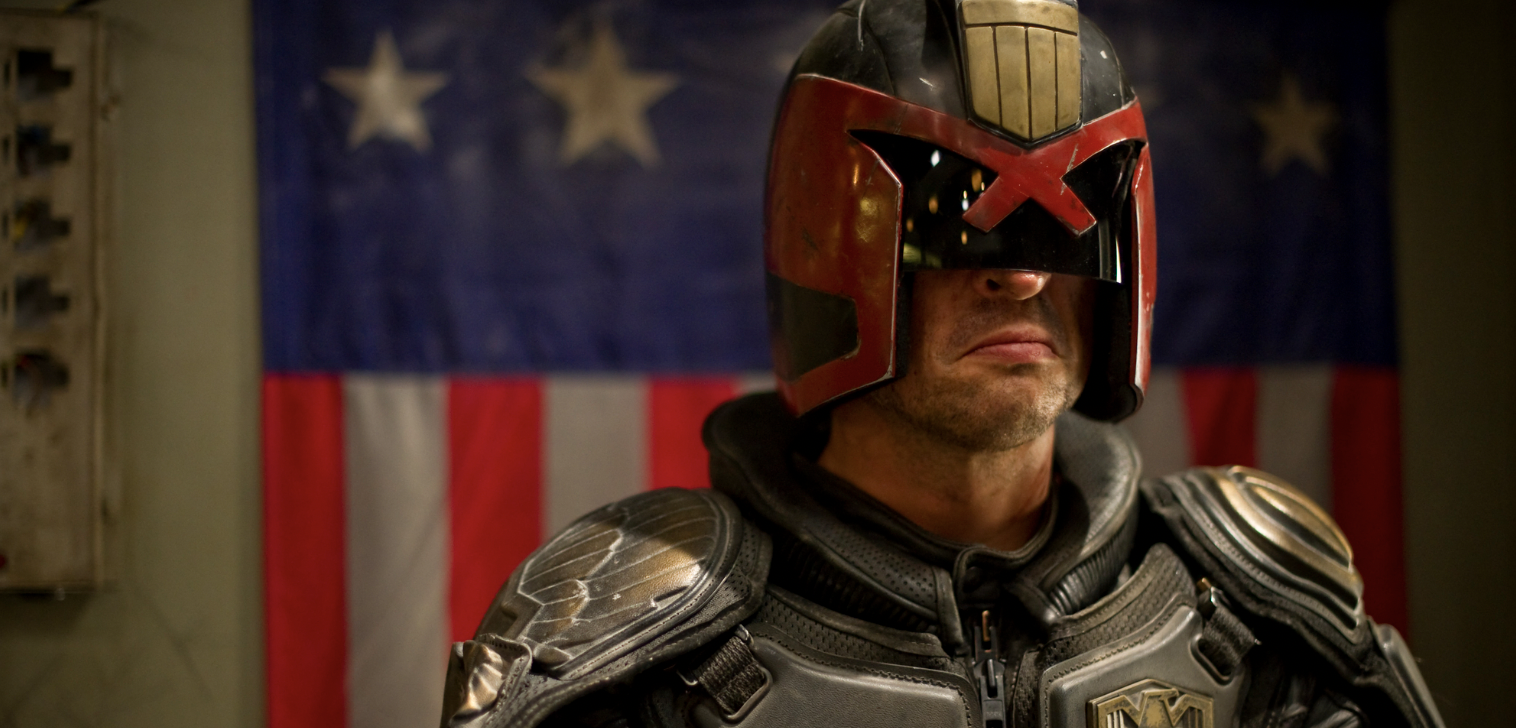
When Judge Dredd was released in 1995 it infuriated fans of the comics for a number of reasons, not least because Sylvester Stallone ditched the iconic helmet – something the character would never have done – roughly 20 minutes into the movie. 2012’s Dredd was supposed to atone for the original’s sins, but despite some perfect casting in the form of Karl Urban as the eponymous ‘street judge,’ the movie performed disappointingly at the box office and plans for a sequel – which would have explored more of Mega-City One and introduced a new criminal overlord for Dredd to face off against – were shelved.
Mathilda: The Professional
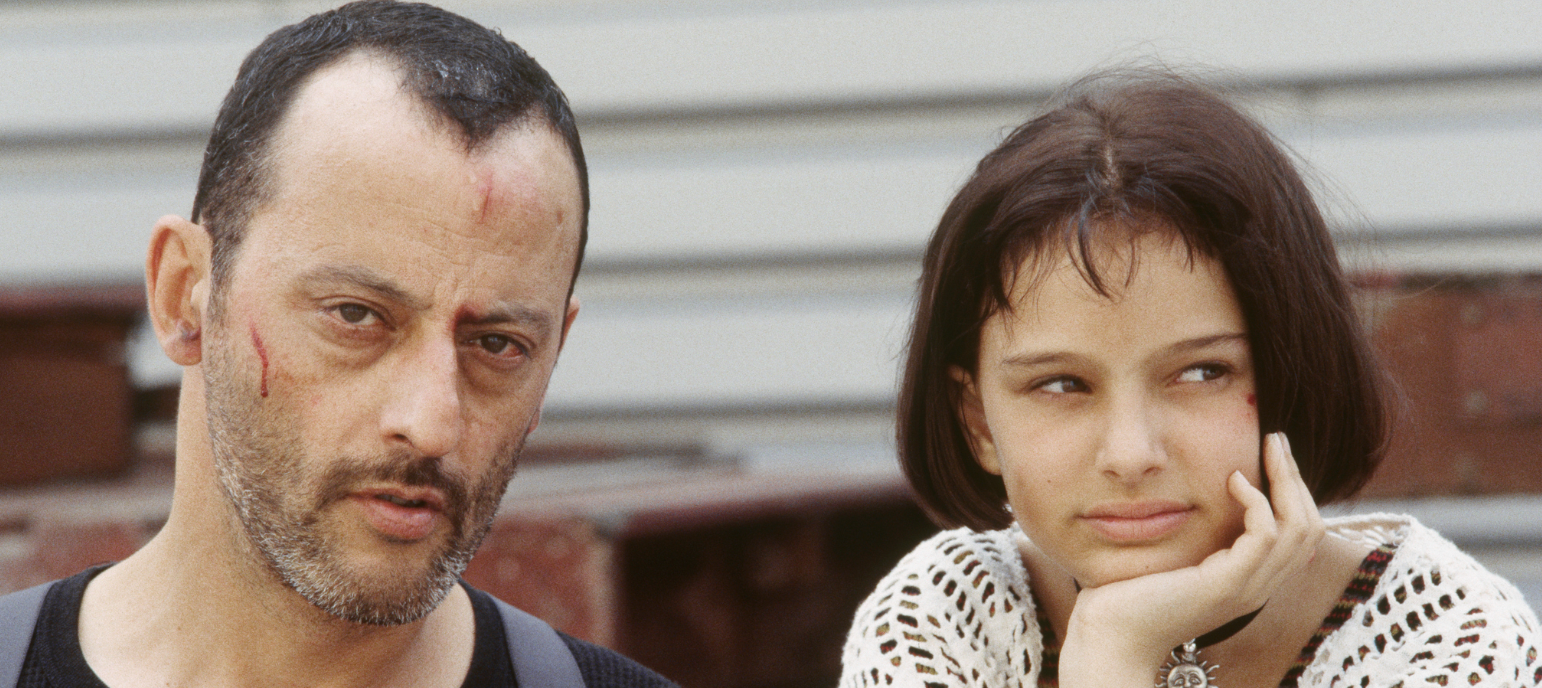
Léon: The Professional launched the career of a 12-year-old Natalie Portman and saw Gary Oldman turn in a career highlight performance as an utterly unhinged DEA agent. Whilst the movie ends with the death of the eponymous León, director Luc Besson expressed his interest in a sequel that caught up with Portman’s character Mathilda as an adult, now a fully fledged assassin herself. Ultimately, the idea died when Besson left Gaumont Film Company to launch his own studio, thereby losing the rights to the Léon characters. Besson took his story ideas into 2011 thriller Colombiana starring Zoe Saldana.
Elf 2
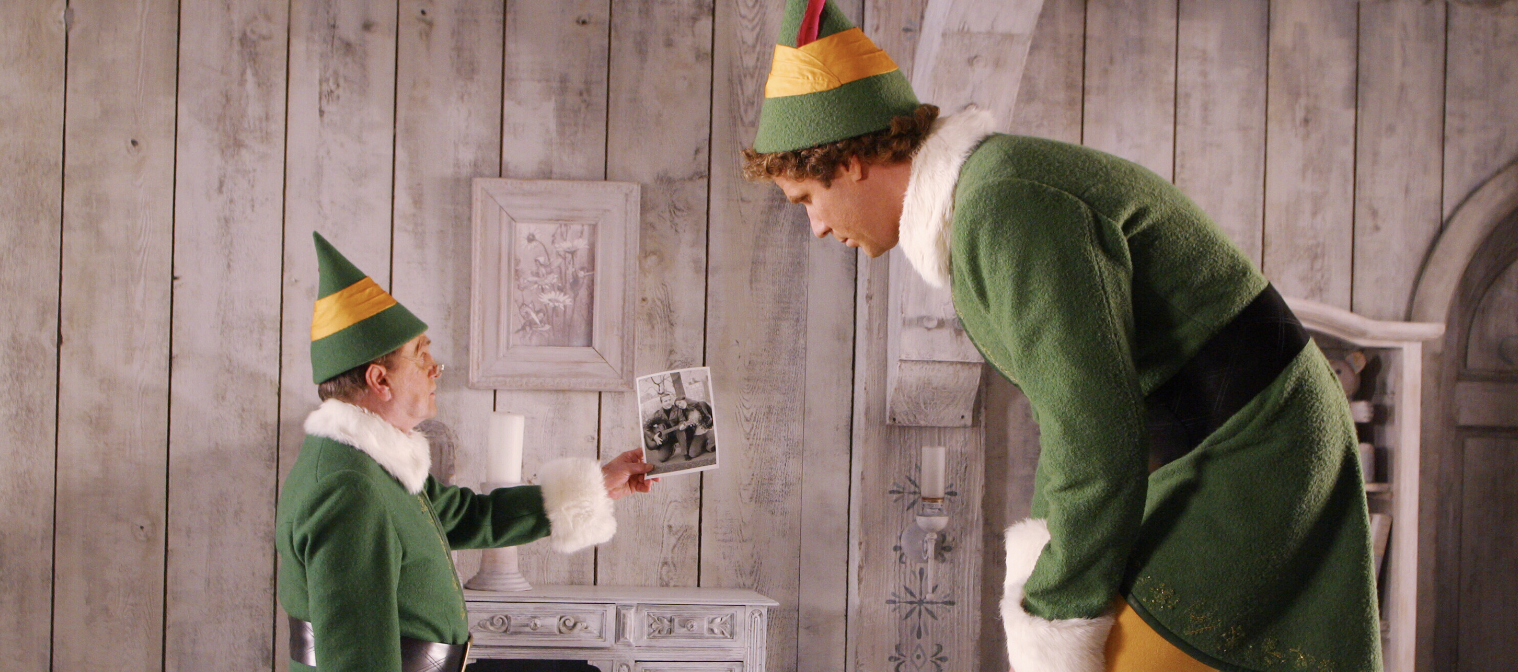
Released in 2003, Elf was a roaring commercial success and became one of the definitive festive films of the noughties. A sequel seemed logical, but – despite the studio and most of the cast pushing for it – it never materialised. Shortly before his death in 2022, James Caan, who starred in the movie alongside Will Ferrell, revealed that the project never got off the ground due to mutual animosity between Ferrell and Jon Favreau, the movie’s director. According to Ferrell, the sequel was just a boring rehash of the first movie, so it sounds like audiences didn’t miss out on much.
Con Airport
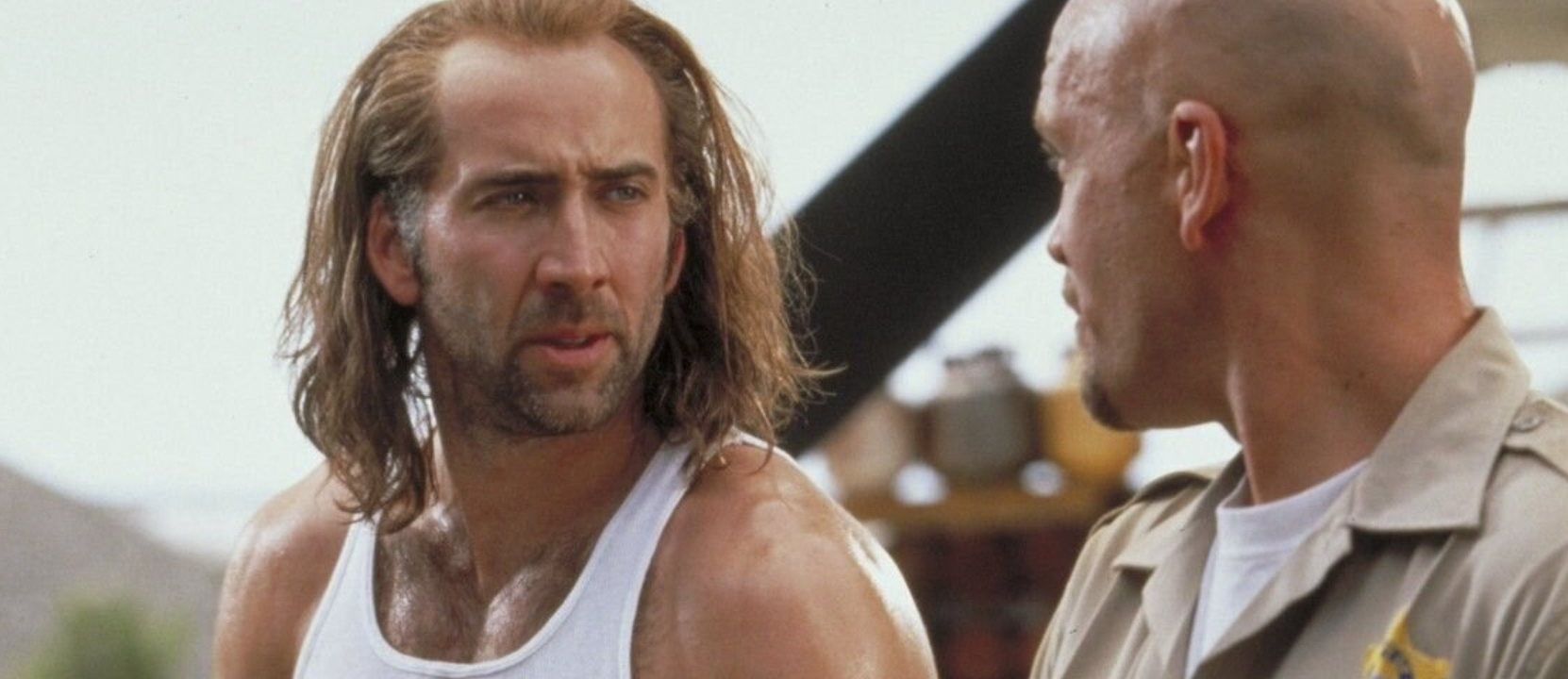
This might sound like a work of satire, but apparently the proposed sequel to 1997’s Con Air – which would have seen John Cusack overseeing an airport for planes filled with criminals – was completely serious. The idea never got enough traction for the studio to consider it, and the project was rightly shelved. Director Simon West has, however, publicly expressed his interest in reuniting the cast for another movie.
Napoleon Dynamite 2
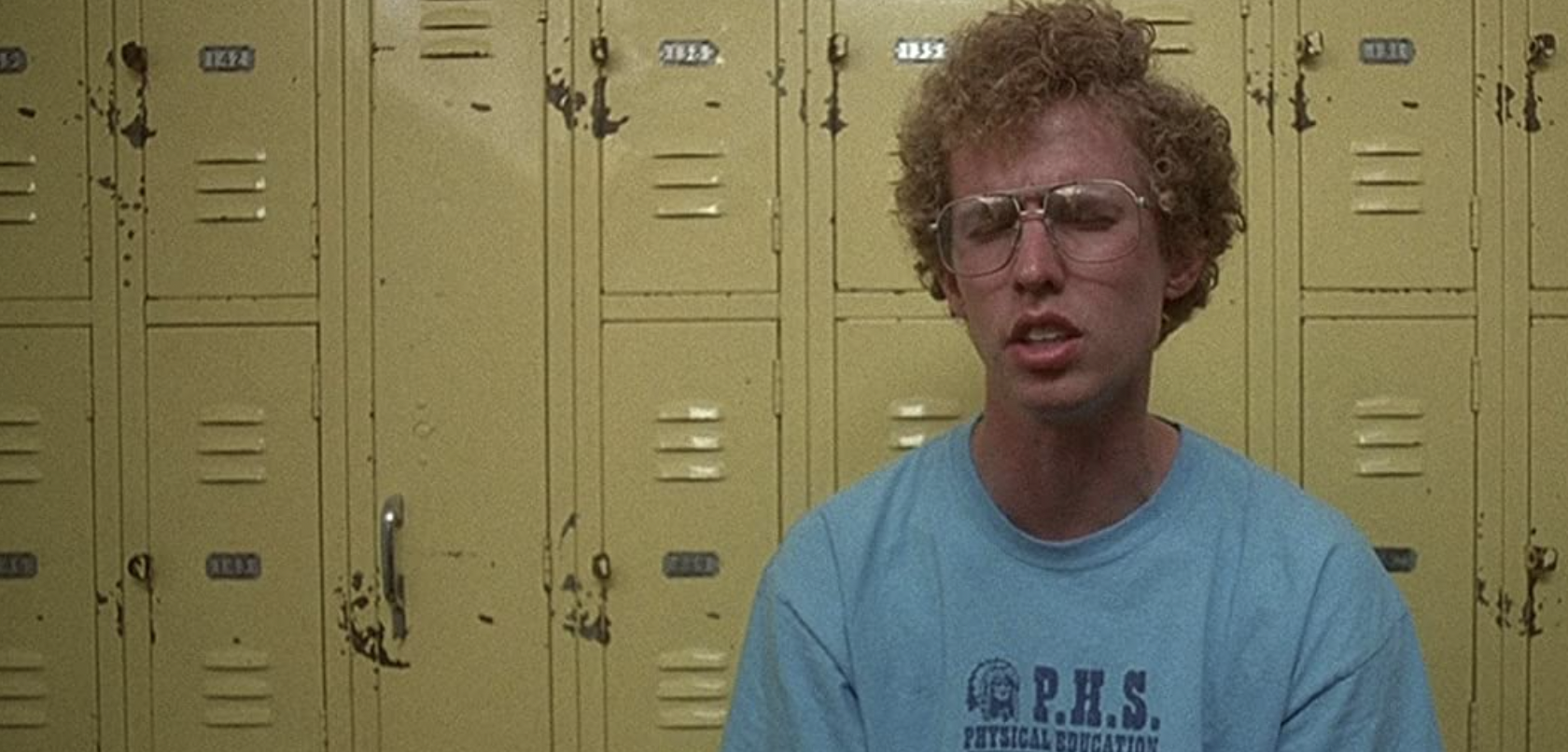
The first Napoleon Dynamite made a staggering $46 million against a paltry budget of $400 thousand, and the studio were eager to get a sequel underway. Jon Heder, who played Napoleon, was keen to reprise the character, revealing that he envisioned a significantly darker sequel that would have seen Napoleon rescuing his uncle from prison whilst dealing with the antics of his brother, now a steroid-abusing cage fighter. Director Jared Hess was less than enthusiastic about this idea and the project never got made it past the drawing board. It wasn’t all bad news for fans, however, as a spin-off animated series ended up getting commissioned.
The Real RocknRolla
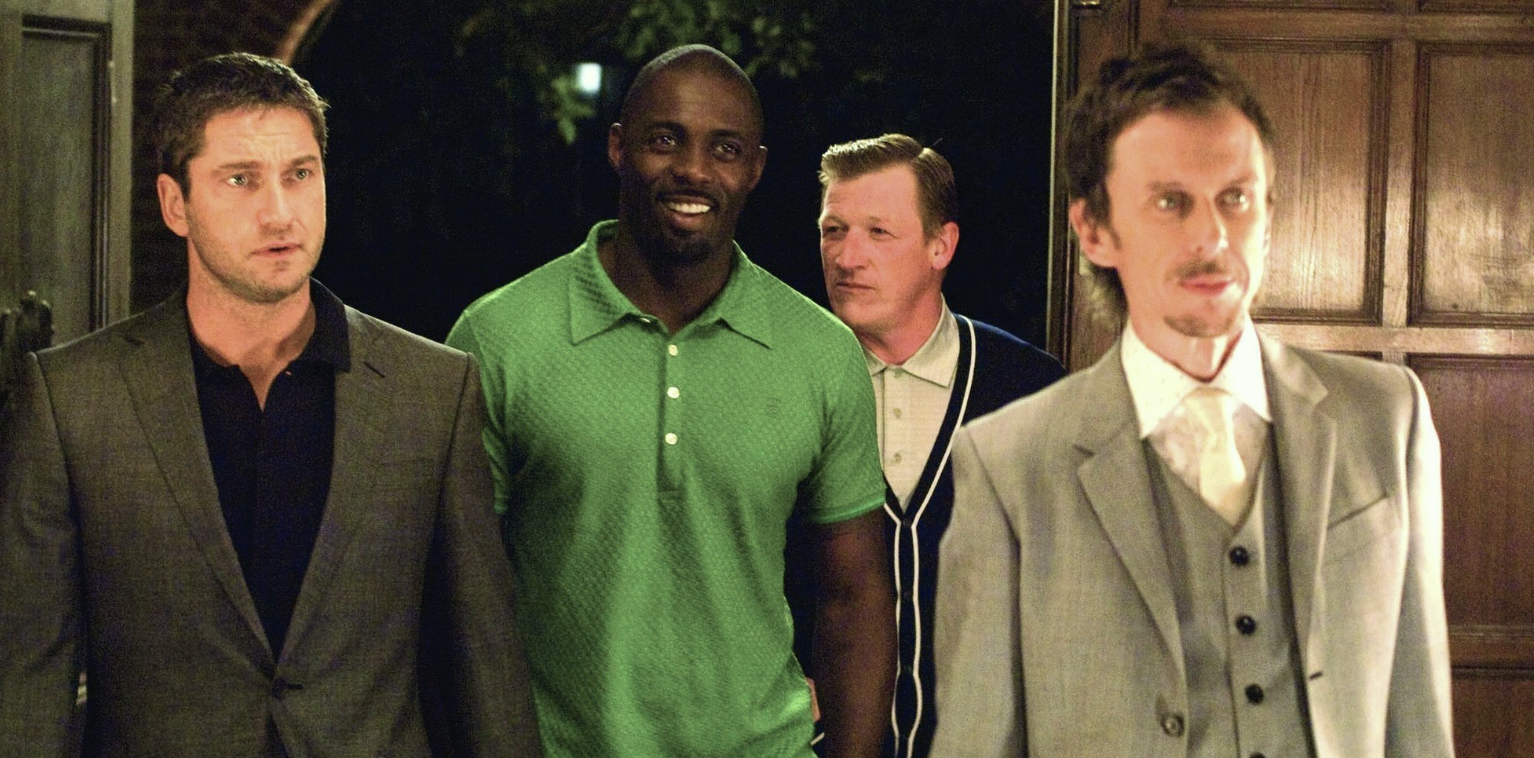
Although it hit all the notes that audiences have come to expect from a Guy Ritchie flick, 2008’s RocknRolla failed to achieve the success of the director’s other movies. Ritchie was already working on a sequel, The Real RocknRolla, which he confidently announced by way of a title card at the end of the film. The director revealed that he had actually planned to make a trilogy, with the third film seeing The Wild Bunch – the gang the film revolves around – heading to America. Unfortunately, due to RocknRolla’s poor performance, the studio weren’t feeling inclined to provide financial backing, forcing Ritchie to awkwardly drop his plans.
Jurassic Park 4
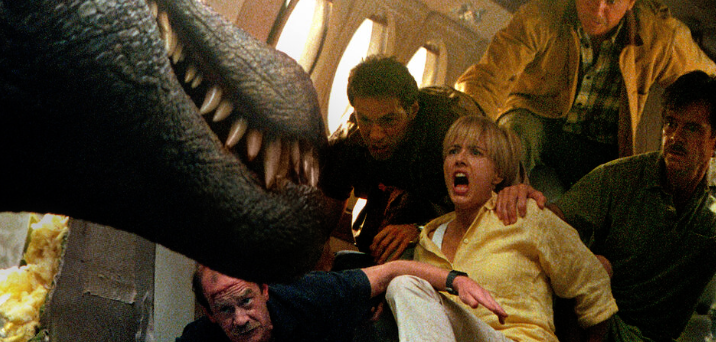
Once the idea for a fourth Jurassic Park movie was floated, filmmakers were struggling with the fact that audiences weren’t that impressed by dinosaurs anymore (an issue which the 2015 reboot cleverly riffed on). In an effort to keep things fresh, writers came up with what might be one of the most bizarre ideas in film history: human dinosaur hybrids. These abominations would essentially have been dinosaurs with human minds and arms, enabling them to use firearms. As hilarious as this would have been to see, it also would have irreparably tarnished the franchise’s legacy, and the idea was mercifully abandoned.
LA Confidential 2
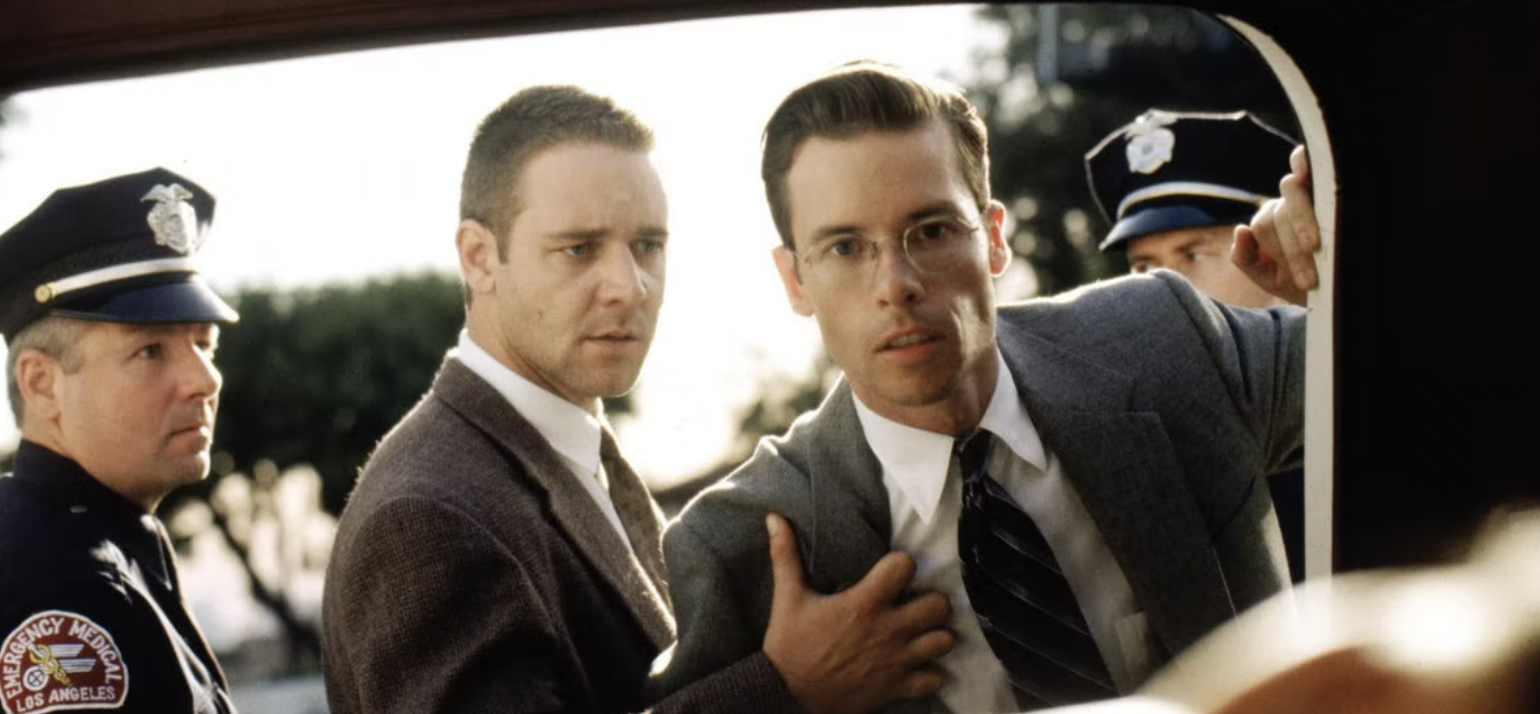
Given the film’s success, a sequel to 1997’s LA Confidential seemed like a no brainer. Brian Helgeland, who cowrote the original, worked directly with James Ellroy – the author of the novel LA Confidential was based on – to come up with a new story set in the 70s. Helgeland didn’t reveal the specifics of the plot, but he did state that, like its predecessor, it would deal with the theme of police corruption. Despite the project’s lucrative potential, Warner Bros rejected Helgeland’s proposed script, much to his (and everyone else’s) surprise.
Cliffhanger 2
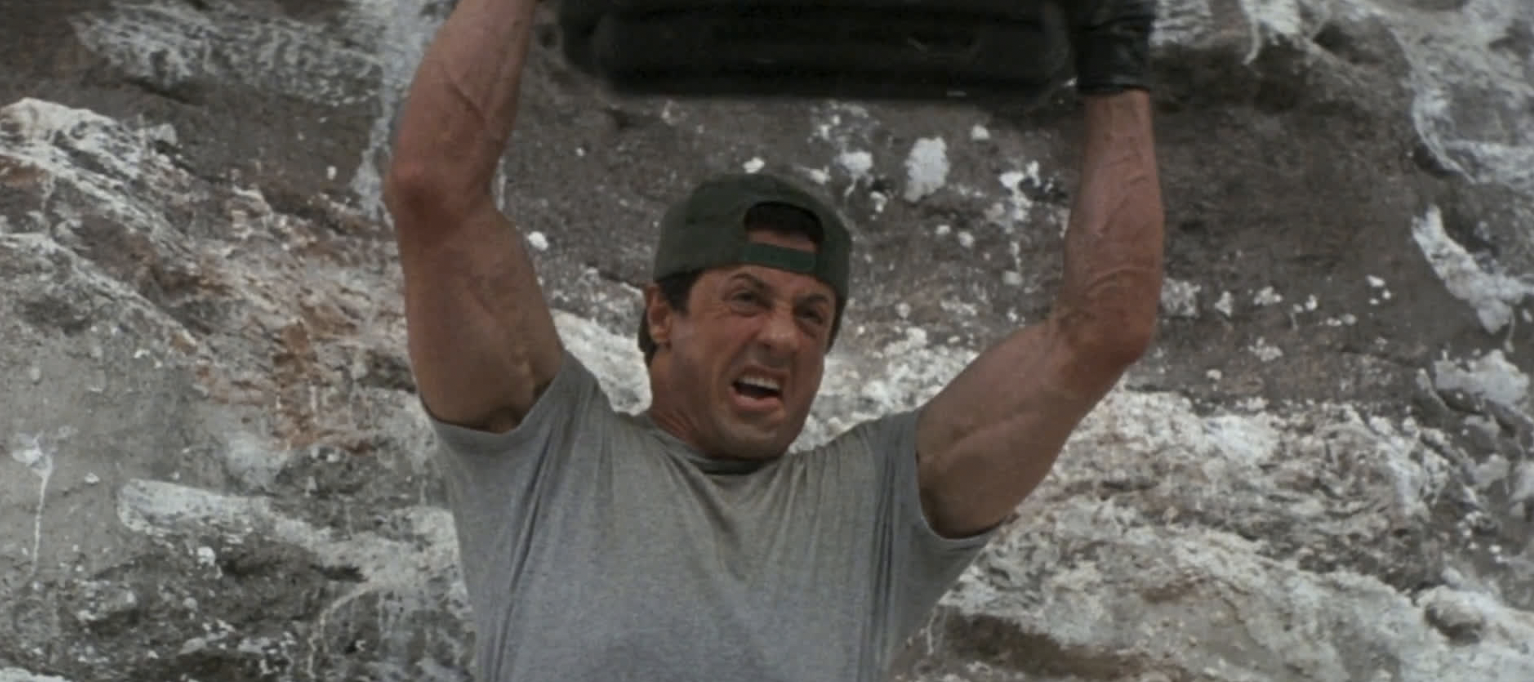
A solid box office success, Cliffhanger boosted Sylvester Stallone’s popularity and everyone involved was eager for a sequel. A script was written that would have seen his character – a rescue climber with an appetite for extreme danger – using his skills to block a leaking dam before it burst. However, when Stallone’s tunnel-disaster movie Daylight came out in 1996, Cliffhanger 2 was scrapped on the grounds that the concept was too similar.
Sir Robin of Locksley (The Adventures of Robin Hood 2)
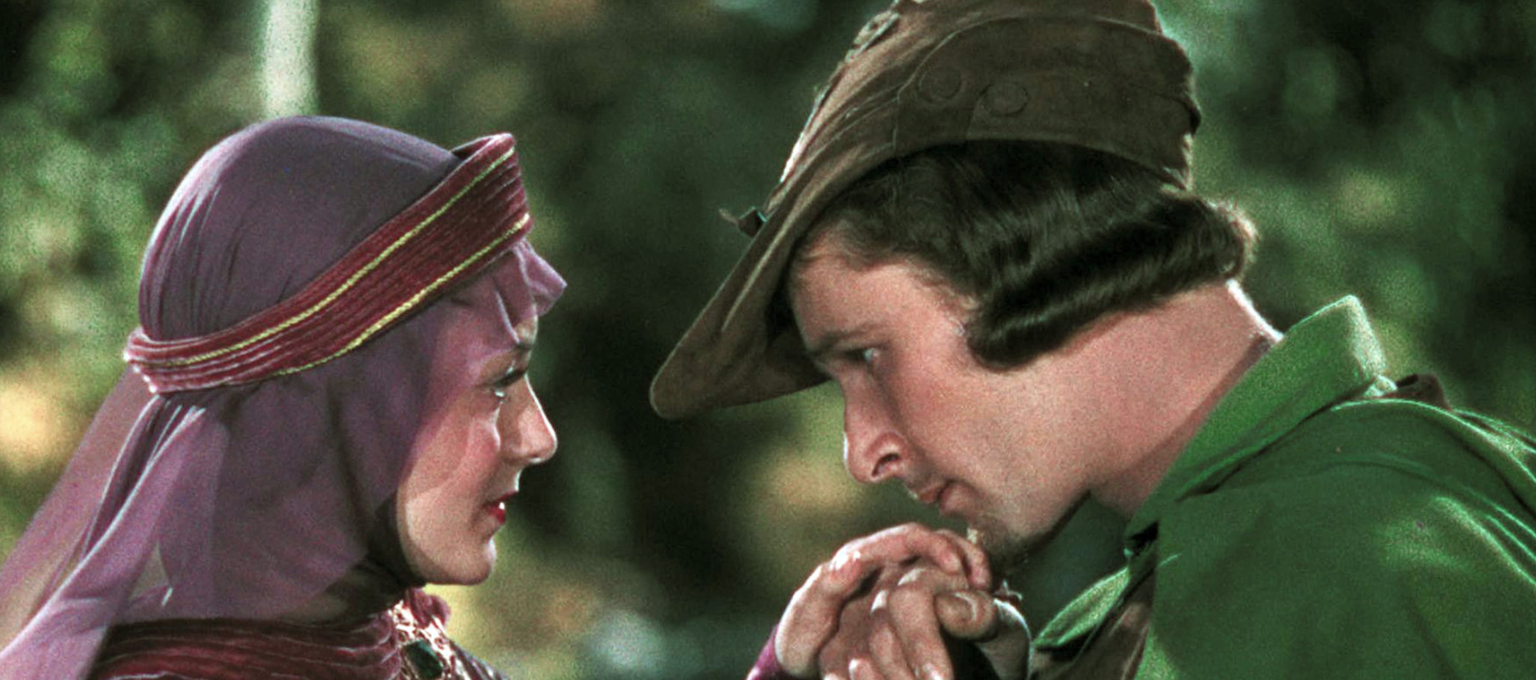
1938’s The Adventures of Robin Hood is still considered by many to be the most iconic depiction of the heroic outlaw. The film was a huge financial success, and executives were quick to push for a sequel. Unfortunately, the outbreak of WWII put the brakes on production, as the US government restricted money for anything other than the war effort. By the time the conflict ended, the stars of the original were no longer under contract with Warner Bros, resulting in the project falling apart. The proposed sequel was titled Sir Robin of Locksley, and whilst no details have emerged it presumably would have picked up where the original left of.
The Mummy: Rise of the Aztec
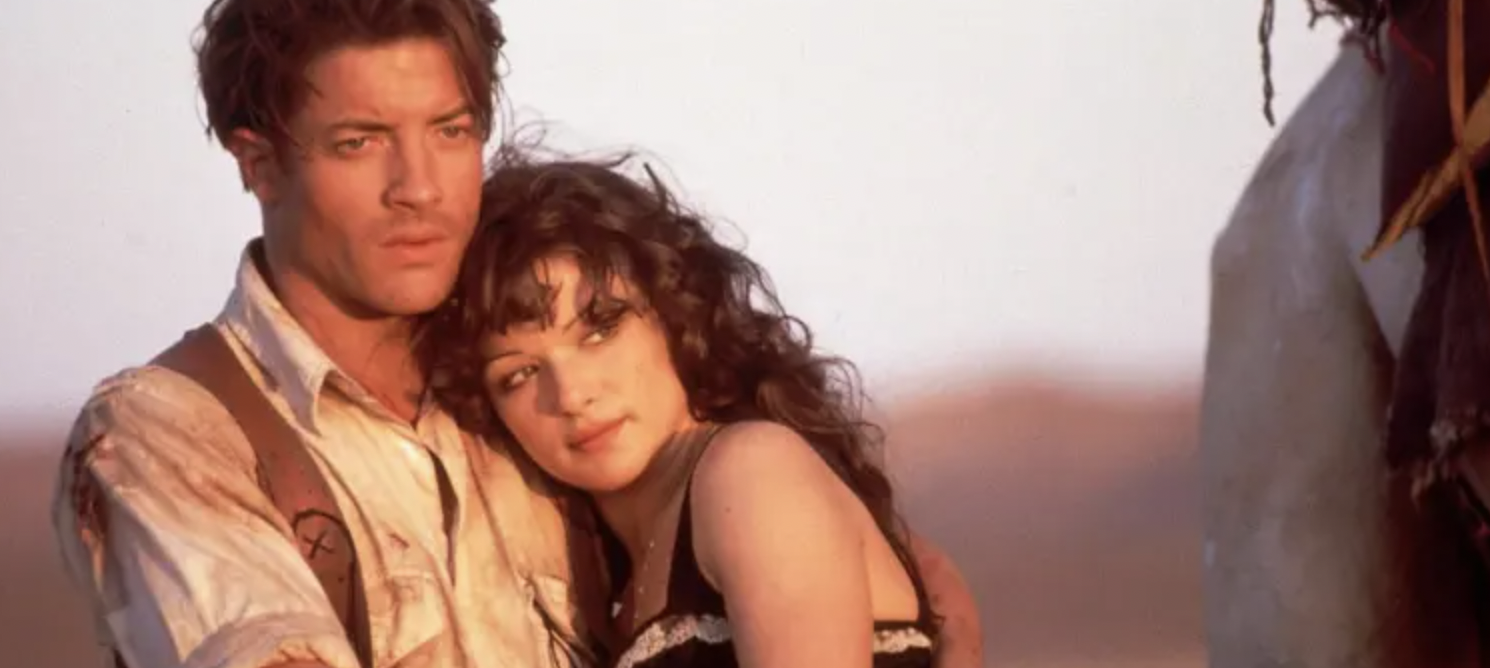
The first two instalments of the Mummy franchise were entertaining if somewhat silly, and they performed well commercially. Despite the third entry bombing at the box office, Universal pressed on with their plans for a fourth sequel, titled Rise of the Aztecs. The film would have seen Rick O’Connell (Brendan Fraser) and his compatriots abducted by a group of Spaniards and forced to locate an Aztec Mummy, who would have been played by Antonio Banderas. It sounds way more enjoyable than the Tom Cruise reboot that the studio decided to go with instead.
John Carter 2
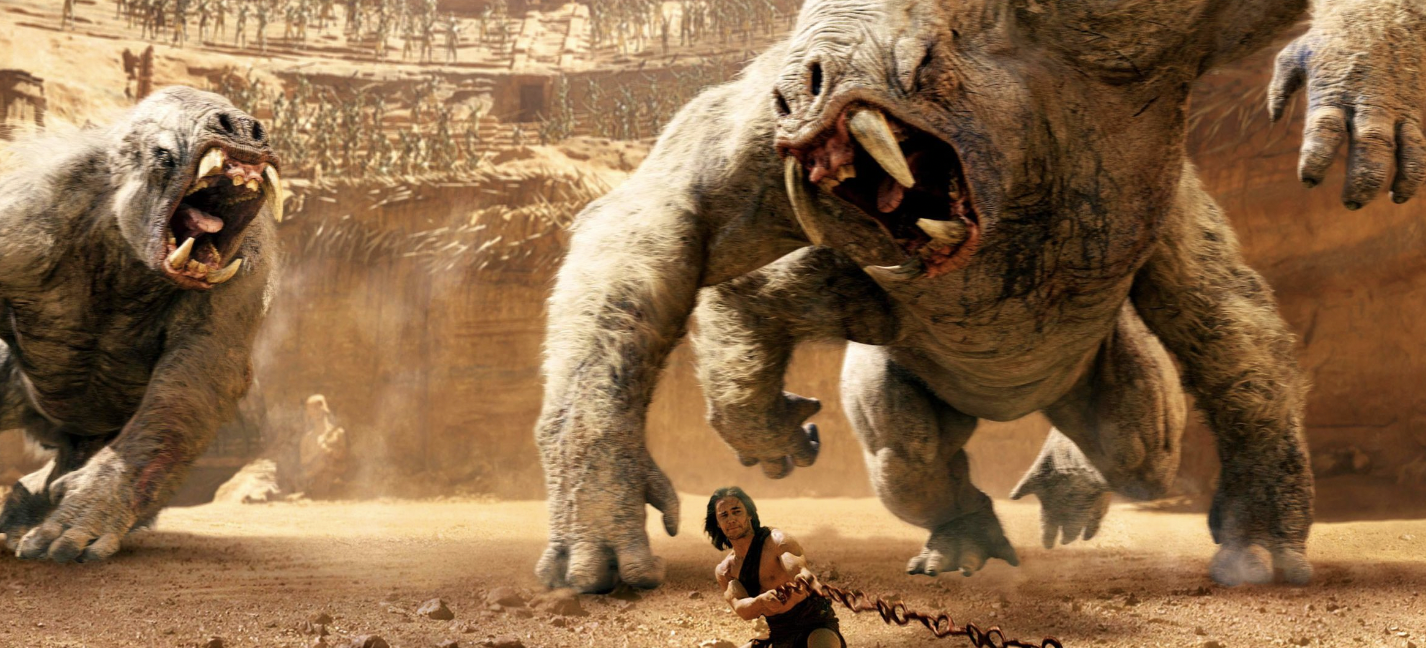
Based on a series of novels by Edgar Rice, the first John Carter movie suffered from a poor marketing campaign and ultimately flopped at the box office, despite critics praising its impressive visuals and action sequences. The film had originally been intended to kickstart a trilogy, with the second instalment exploring the idea of a hidden race dwelling beneath the surface of Mars, but Disney – reeling from one of the worst financial failures in cinema history – had no appetite to take another gamble and axed the sequels.
Godzilla 2
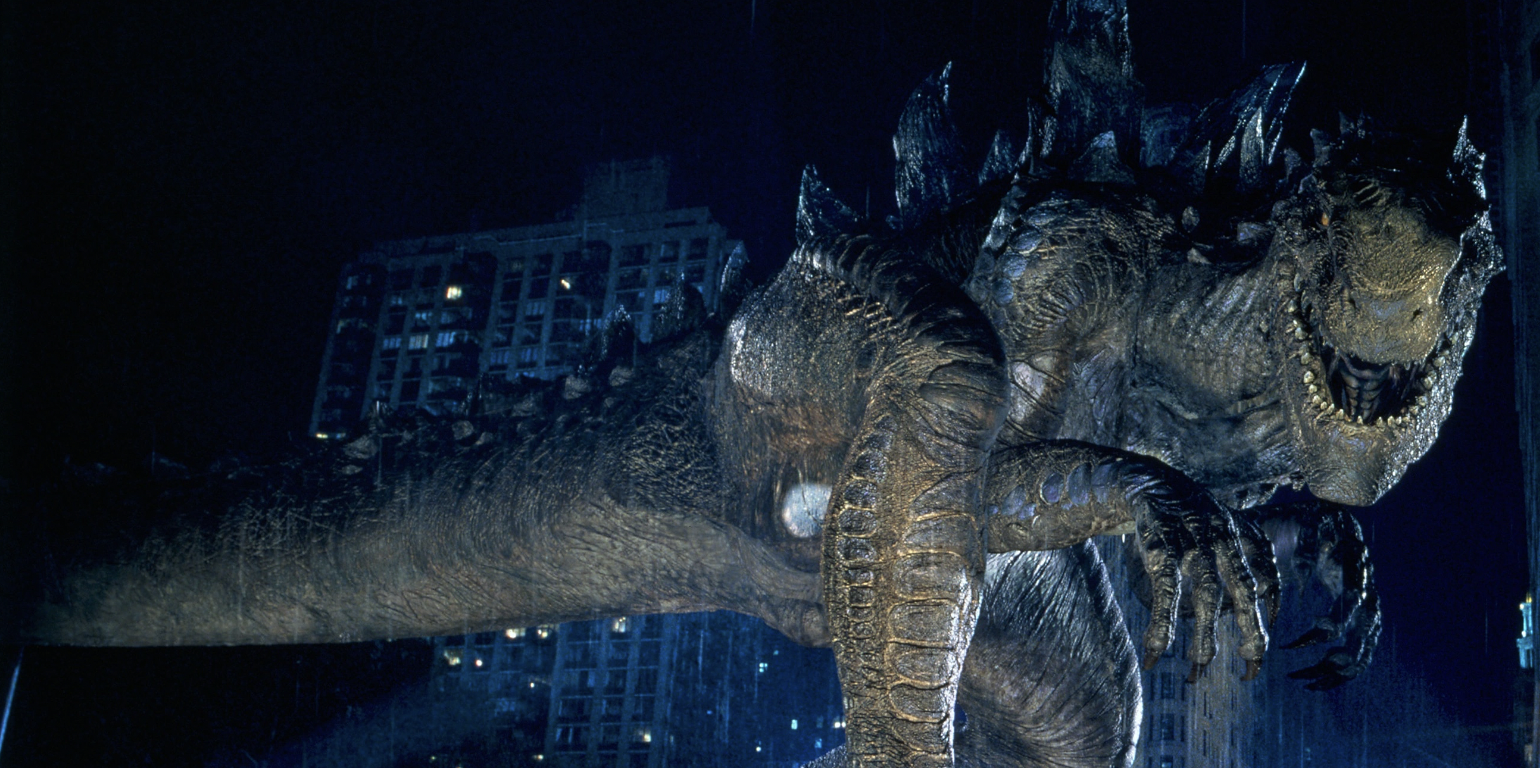
Roland Emmerich’s 1998 take on Godzilla was widely scorned for being unimaginative, derivative and downright boring. The giant reptile’s offspring, which strongly resembled velociraptors, also led many to accuse the movie of trying to cash in on Jurassic Park’s popularity. Sony had originally intended for the movie to be the first instalment of a trilogy, but they swiftly backed away from the idea in light of the near-universal condemnation, eventually selling the rights to the franchise altogether. Emmerich never revealed many details of the planned sequel, but it would have revealed that Godzilla didn’t actually die at the end of the first movie.
Candyman 2
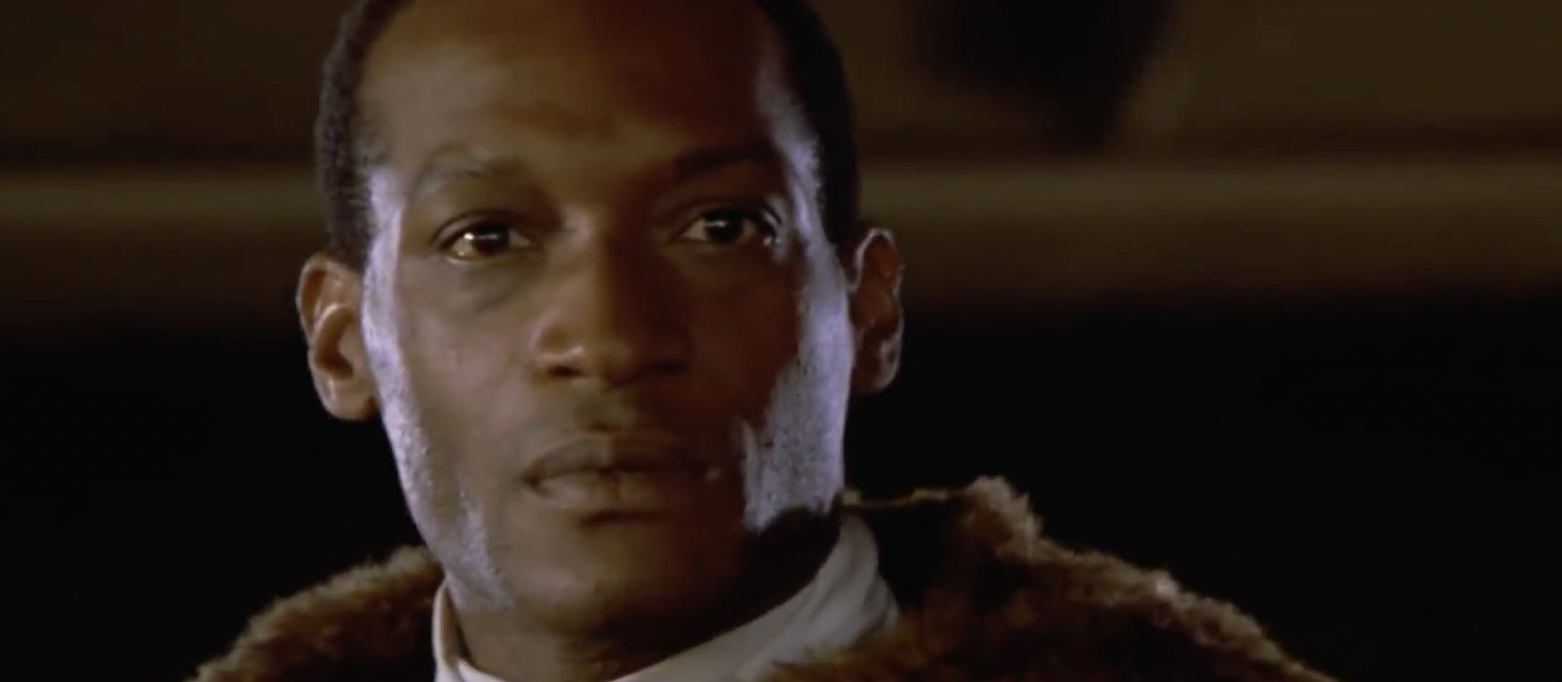
Candyman fully deserves its place in the pantheon of great horror movies of the 90s, and director Bernard Rose was keen to make a sequel. Sadly, the studio weren’t feeling the direction he wanted to go. Instead of picking up after the events of the original film, Rose wanted to explore the idea of Candyman as Jack the Ripper, but without the studio’s backing he was forced to abandon his plans. A sequel was eventually made, titled Farewell to the Flesh, but it didn’t involve Rose, and it was critically mauled.
The Naked Gun 4
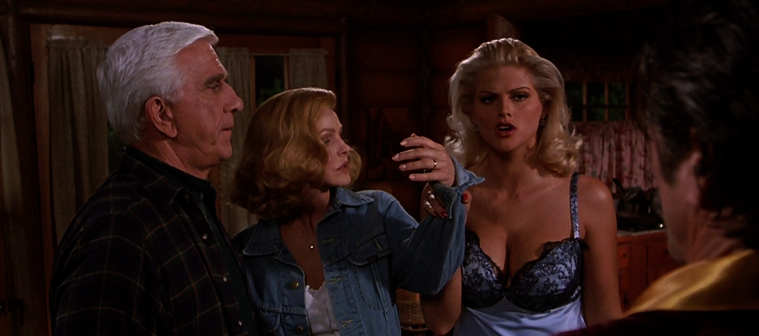
The Naked Gun films are right up there with Airplane! when it comes to influential works of comedy. However, unlike Airplane!, The Naked Gun’s sequels were relatively well received and, after the success of the third, a fourth was commissioned, which would have seen Detective Frank Drebin training up a new recruit. Ultimately, the film struggled to secure financial backing, and when Leslie Nielsen passed away in 2010 so too did any hopes of the film materialising.
Superman Lives
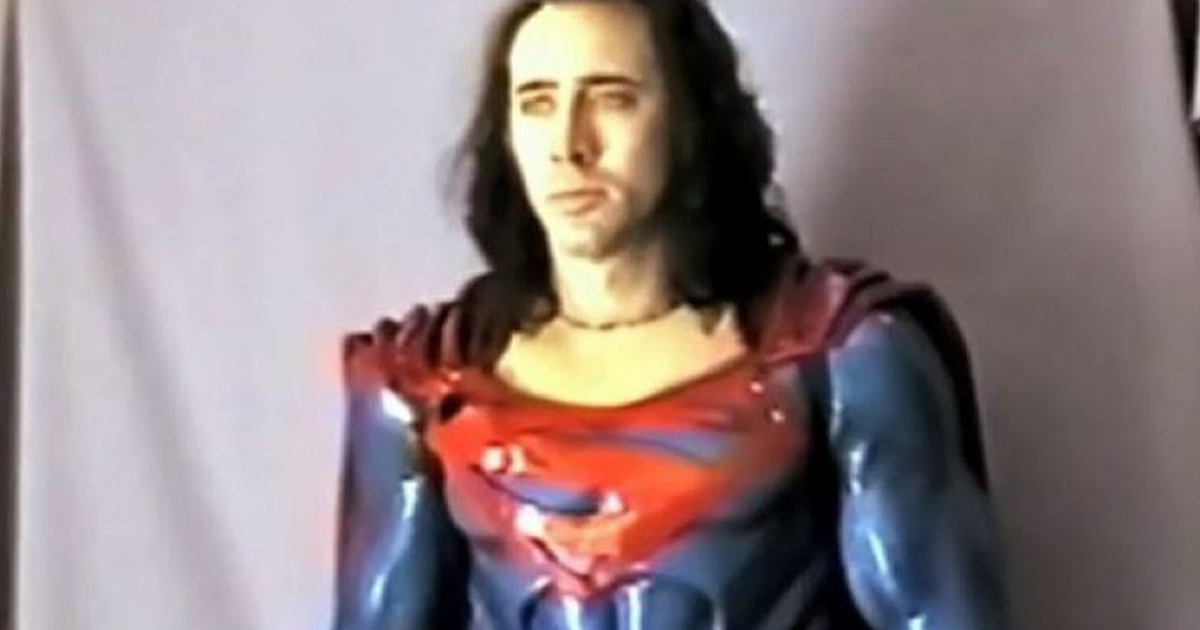
Several years after Superman IV: The Quest for Peace flopped hard, Warner Bros commissioned a follow-up – originally titled Superborn Reborn – to try and save the franchise. Loosely based on the iconic Death of Superman comic, it saw the Man of Steel killed before coming back from the dead. Tim Burton signed on to direct, with Nicolas Cage cast as Superman. The script took some bizarre turns, including Brainiac and Lex Luther merging into a single entity, and a climax that for some reason involved a giant spider. In the end it got way too expensive, and Warners pulled the plug.
Ghostbusters III: Hellbent
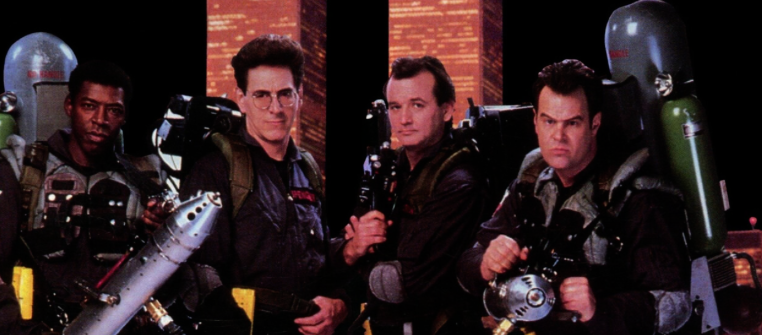
Despite its lukewarm reception by fans of the original, Ghostbusters II made enough money for the studio to push for a follow up. After resisting the idea for a number of years, Dan Akroyd and Harold Ramis eventually wrote a sequel that would have seen the Ghostbusters fall through an inter-dimensional portal and end up in ManHellton, where they would have tackled a demonic businessman closely modelled on Donald Trump. While that sounds like a great time, Bill Murray wasn’t on board and the movie never ended up happening.
Alien 3
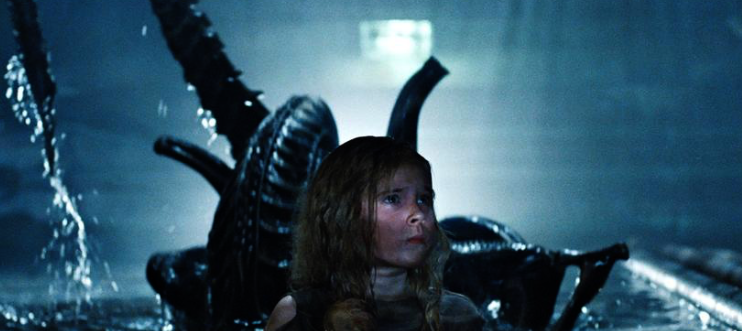
After the success of 1986’s Aliens, a third movie in the series was a no brainer. This ultimately happend with David Fincher at the helm, but the project almost ended up being very different. The studio originally picked New Zealand filmmaker Vincent Ward to direct, and he came up with a story that would have seen Ripley crash on a planet inhabited by monks who had banned all technology. The monks would initially have mistaken the Xenomorph for a god, until it promptly massacred them, leaving Ripley to face the creature alone once again.
Demolition Man 2
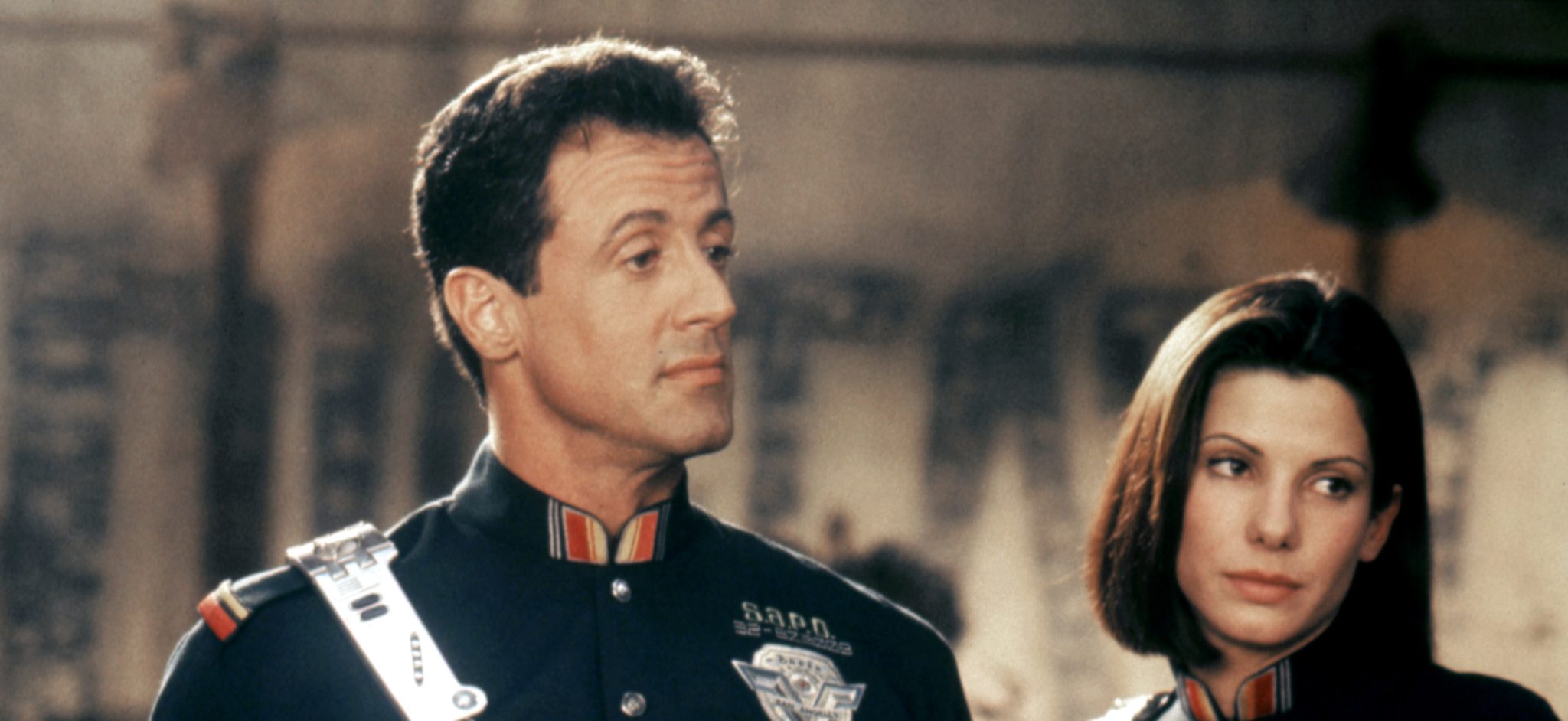
1993 sci-fi action comedy Demolition Man stars Sylvester Stallone as John Spartan, a cop framed for murder who is put in ‘cyro-prison’ and thawed out in a very different 21st century. An unresolved subplot from the film involved Spartan’s lost daughter, now an adult. (Originally it was planned that Sandra Bullock’s character would be revealed as his daughter, but this was discarded in favour of a romantic relationship). A sequel was planned that would have followed Spartan’s attempts to find his daughter, but a fallout between Stallone and Warner Bros led to the collapse of the project.
Catwoman
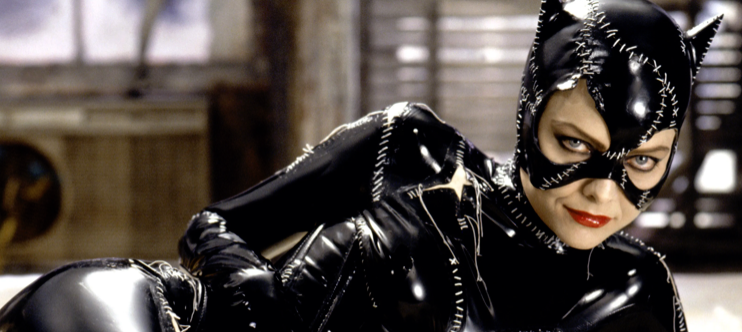
After he finished Batman Returns, Tim Burton didn’t have the appetite for another movie about the Caped Crusader – but he did have another sequel in mind, centred on Catwoman. With Michelle Pfeiffer on board, screenwriter Daniel Waters came up with a script which followed Catwoman in a fictionalised version of Las Vegas, suffering with amnesia after the events of Batman Returns and facing off against a criminal organisation run by corrupt superheroes. Ultimately, Warner Bros decided against it, based on the old assumption that female-fronted superhero movies were guaranteed to flop.
Kill Bill Vol. 3
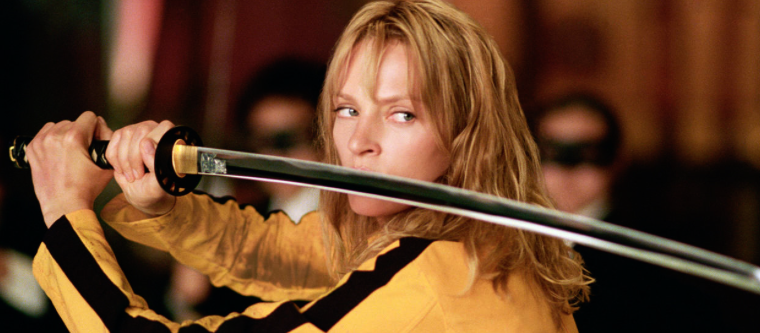
Quentin Tarantino has been open about his desire to make Kill Bill into a trilogy since before the second instalment was even released. The plan was to follow the daughter of Vernita, who witnessed The Bride killing her mother in the first film, growing up and pursuing her revenge, with The Bride’s daughter Bebe also involved. While Tarantino has stated that he’s still open to the idea of a third Kill Bill film, this looks unlikely as the writer-director says his next film – provisionally entitled The Movie Critic – is set to be his last.
Searching for Keyser Söze
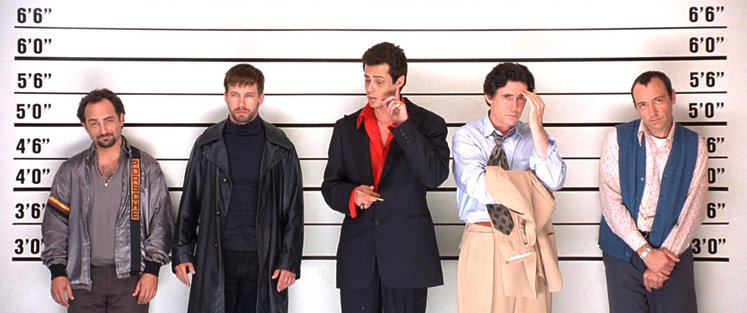
The Usual Suspects has one of the most iconic endings in the history of cinema, with Detective Kujan realising seconds too late that he’s had criminal mastermind Keyser Söze sitting in his office the entire movie. It’s incredibly satisfying, and the last thing anyone needed or wanted was a sequel exploring what happened next. The studio clearly had a different opinion, however, commissioning a follow up that would have picked up right where the original left off and chronicled Kujan’s attempts to hunt Söze down. Fortunately, the project ran into financial difficulties and fell apart.
Battlefield Earth 2
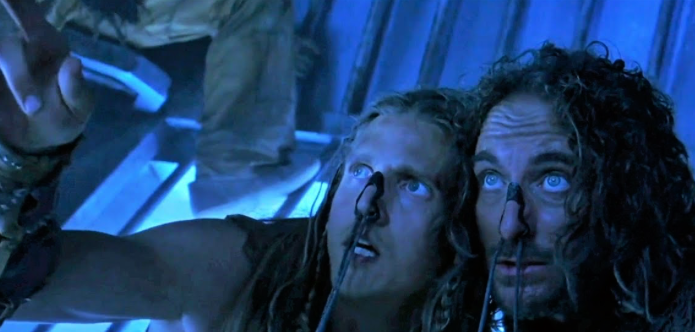
Based on a novel by Scientology founder L Ron Hubbard, the first Battlefield Earth performed dismally both critically and commercially, despite a star-studded cast. The film ended with humanity successfully repelling an alien invasion, and the sequel – which had already been written – would have followed the efforts of the survivors to rebuild civilisation, only to get attacked by a different race of extraterrestrials. Unsurprisingly, the studio had precisely zero desire to lose any more money (Battlefield Earth cost $73 million and made $29.7 million), so the project was axed.
Jaws 3, People 0
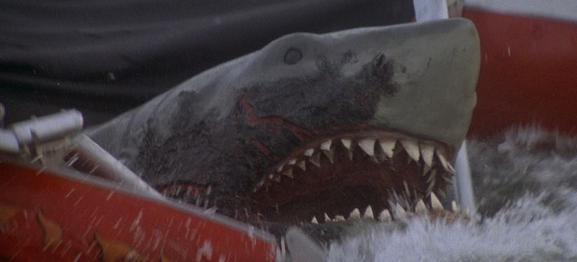
Whilst clearly inferior to the original, 1978’s Jaws 2 managed to make enough at the box office to warrant a third instalment. The original idea, which was titled Jaws 3, People 0, would have taken the franchise in a much more comedic direction, following a film crew making a documentary about the original Jaws movie only to find themselves attacked by a shark for real. Ultimately, Warner Bros ditched the project in favour of the universally panned Jaws 3-D.
Madagascar 4
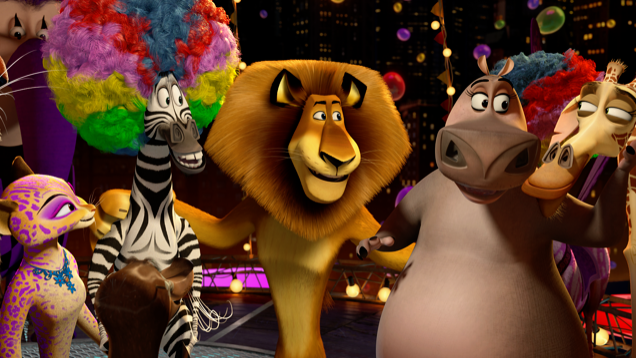
After the runaway success of the first three Madagascar films (and its spin-off, Penguins of Madagascar), a fourth instalment seemed likely. In 2014, a fourth sequel was scheduled for release in 2018, with DreamWorks CEO Jeffrey Katzenberg stating the film would see the animals return to New York and come to terms with the fact that they all belong in different parts of the world. However, the project was quietly removed from the studio’s schedule after the company restructured in 2015.
Alien 5: Awakening
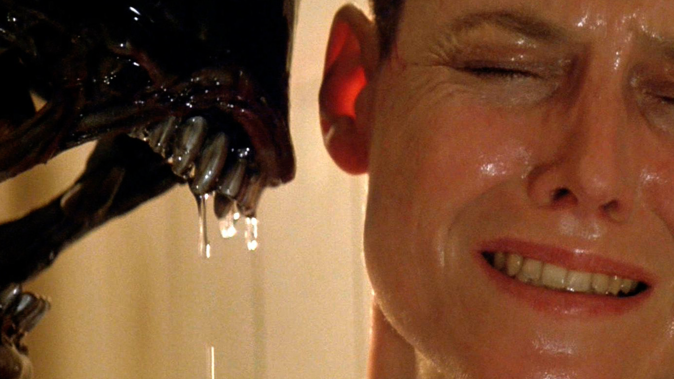
In 2015, director Neil Blomkamp claimed on social media that his next movie was going to be a fifth addition to the Alien franchise. The movie would have been a direct sequel to 1986’s Aliens, disregarding the other sequels and picking up with Ripley, Bishop, Hicks and Newt. Despite Blomkamp showcasing some of the concept art that had been made for the film, the project was eventually scrapped so that Ridley Scott could focus on the Prometheus films.
Finding Nemo 2: Escape from Oilglobs
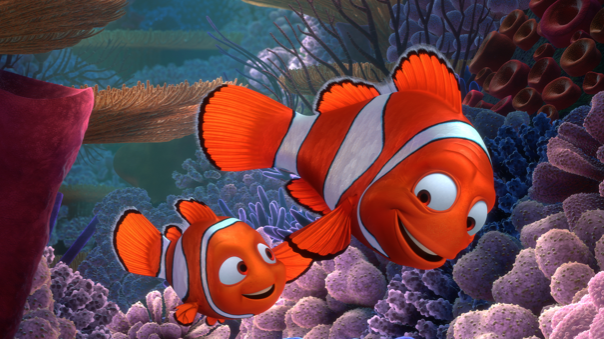
2003’s Finding Nemo was a massive box office success, taking almost $950 million against a budget of $94 million. A sequel was soon commissioned, with writer Laurie Craig drafting a screenplay with the title Finding Nemo 2: Escape from Oilglobs. The plot would have revolved around Nemo, Dory and Nemo’s long lost twin Remy embarking on a mission to save Marlin after he is captured, but the film was scrapped in favour of Finding Dory.
Hercules II: The Trojan War
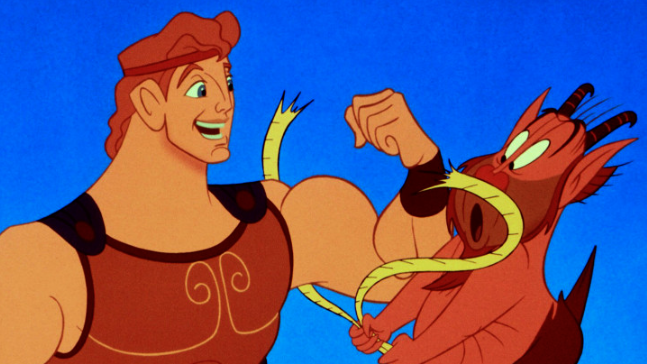
Hercules II: The Trojan War was the planned sequel to 1997’s animated Hercules film. Scheduled for a 2001 release, the film would have followed the Greek demigod, now living in Athens with his wife and daughter, as he joins the Greek army in their attempt to rescue Helen from Paris of Troy. Ultimately, the film never made it out of the proposal phase, and the idea was eventually dropped for good.
Dumbo 2
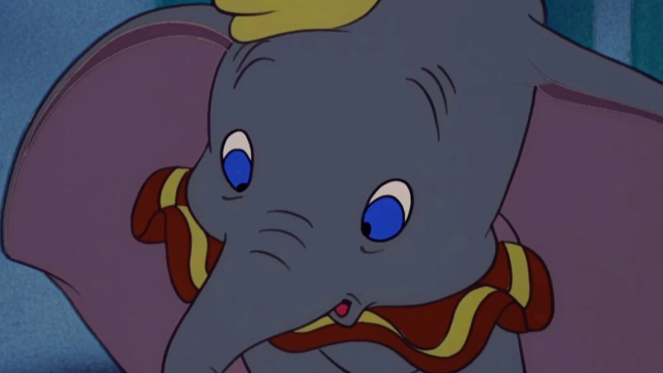
Decades after the roaring success of Dumbo, Disney commissioned a sequel for 2001, bringing in director Robert C. Ramirez to lead the project. The movie would have had two storylines; the central narrative would have followed Dumbo’s attempts to find his father, Jumbo, whilst a secondary plot line would have seen Timothy Q. Mouse meeting a series of baby animals in New York and helping them overcome their problems. This was ultimately shelved in favour of a live action retelling of the original film, which opened in 2019.
Mulan 3
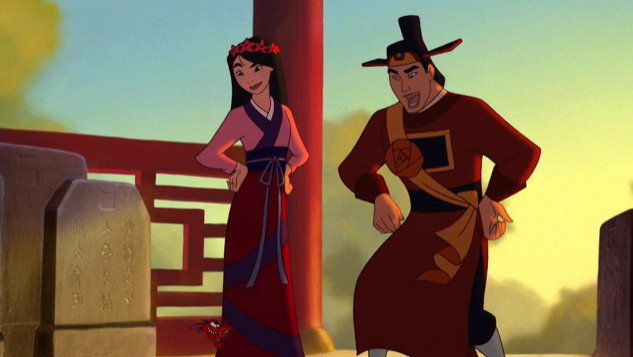
Whilst 1998’s Mulan was a resounding critical and commercial success, the same can’t be said about the 2005 direct-to-video sequel. As a result, a third instalment – which has been slated for a 2007 release – was canned by Disney. The film would have taken place several months after the events of Mulan 2, and would have followed the title character’s voyage to rescue her father after he is captured by the Japanese.
Masters of the Universe 2
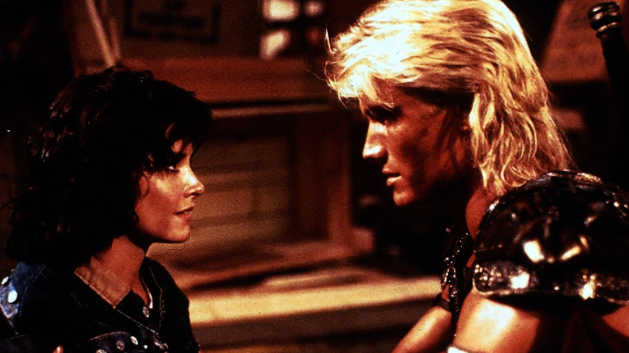
The first (and only) full-length movie to feature superhero He-Man, 1987’s Masters of the Universe unexpectedly flopped at the box office, causing the studio to pull the plug on plans for a sequel. If the follow-up had gone ahead, audiences would have been treated to He-Man returning to Earth and disguising himself as a human by becoming a professional quarterback, whilst simultaneously dealing with Skeletor’s latest scheme to take over the universe.
Scooby-Doo 3
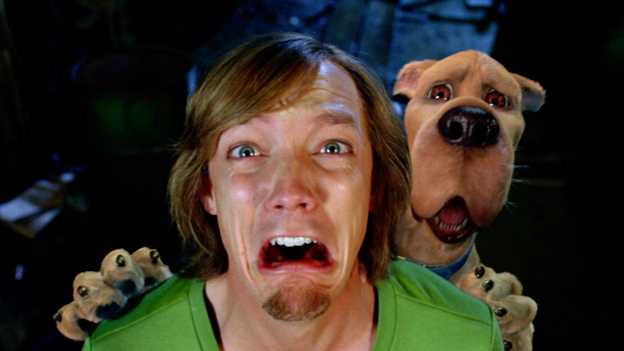
Despite getting ruthlessly shredded by critics, the first two live-action Scooby Doo movies took enough at the box office for the studio to consider a third. According to director James Gunn, the third instalment would have seen the gang travel to a supposedly haunted Scottish town, only to discover the ghouls are the real victims, forcing them to confront their prejudices. Ultimately, Warner Bros decided to put their money into other projects, and the film was permanently cancelled.
Sex and the City 3
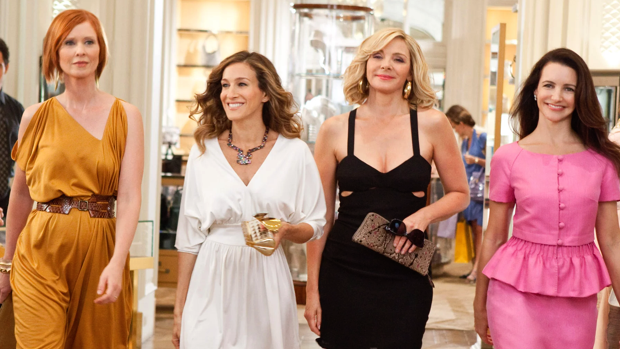
Although it was a modest box office success, 2010’s Sex and the City 2 was mauled by critics and fans of both the first film and the TV series it was based on. A planned sequel – which would have focused on Carrie grieving Mr. Big’s death whilst Samantha deals with Miranda’s 14-year-old son trying to sext her – was axed by the studio as a result.
Roger Rabbit II: The Toon Platoon

1988’s groundbreaking live action/animation crossover Who Framed Roger Rabbit was a massive success. Planned follow-up Roger Rabbit II: The Toon Platoon would in fact have been a prequel, following Roger and his animated buddies serving in the US military during World War II. Unfortunately, producer Steven Spielberg was not on board with this idea; after making 1993’s Schindler’s List, he was uncomfortable with any light-hearted treatment of the Second World War. This and other disagreements with top brass at studio Disney saw the project cancelled.
Close Encounters Of The Third Kind: Night Skies
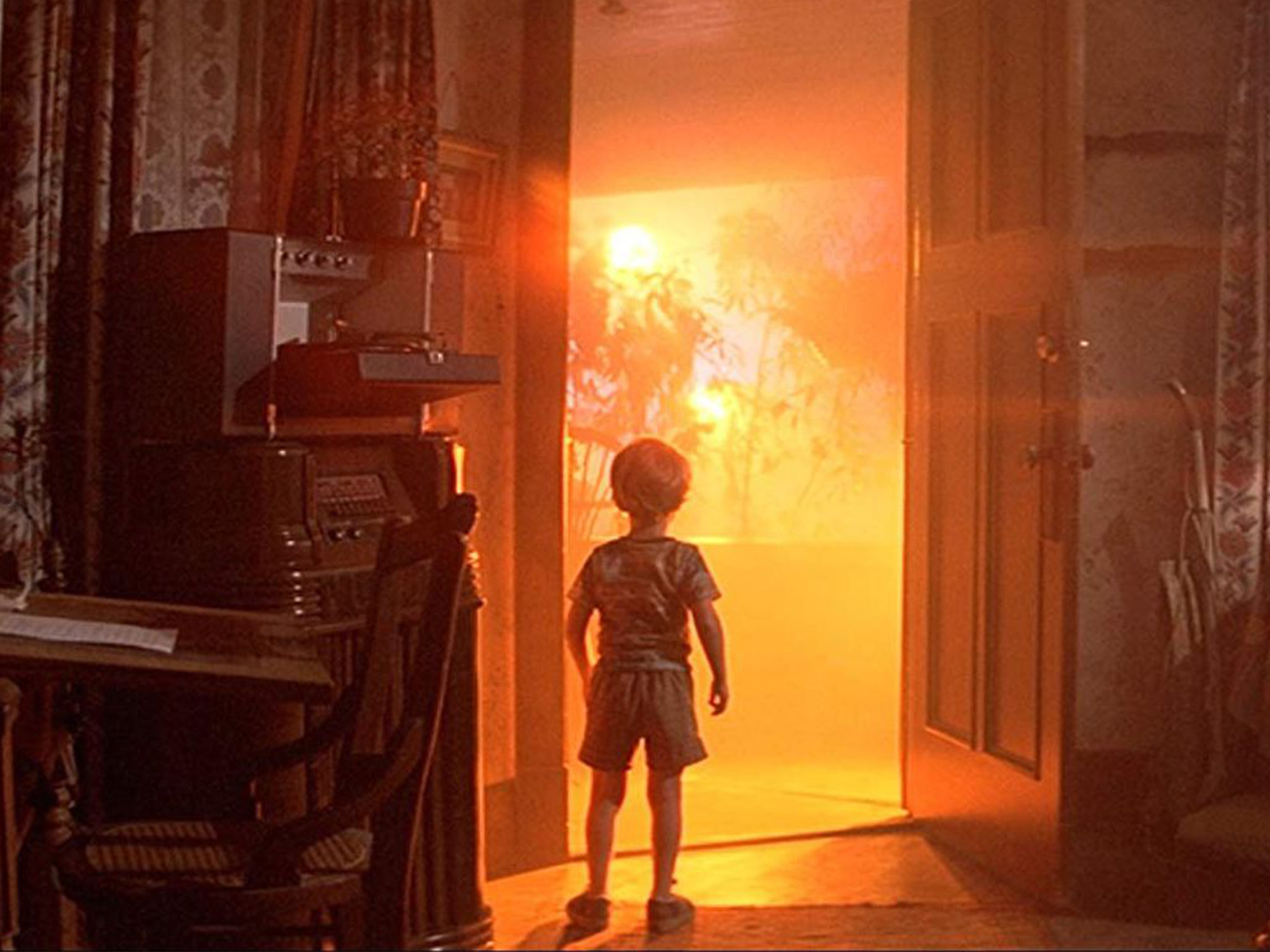
Night Skies, a proposed sequel to Steven Spielberg’s 1979 blockbuster Close Encounters Of The Third Kind, was a project conceived by Spielberg himself. It was to be a darker, scarier tale of otherworldly visitors, inspired by real-life accounts of farmers who claim they were attacked by aliens. After spending some time developing the project, it was reworked into the considerably less scary E.T. the Extra-Terrestrial, although the Night Skies premise would later be revisited by writer-director M. Night Shyamalan on his 2002 movie Signs.
E.T. II: Nocturnal Fears
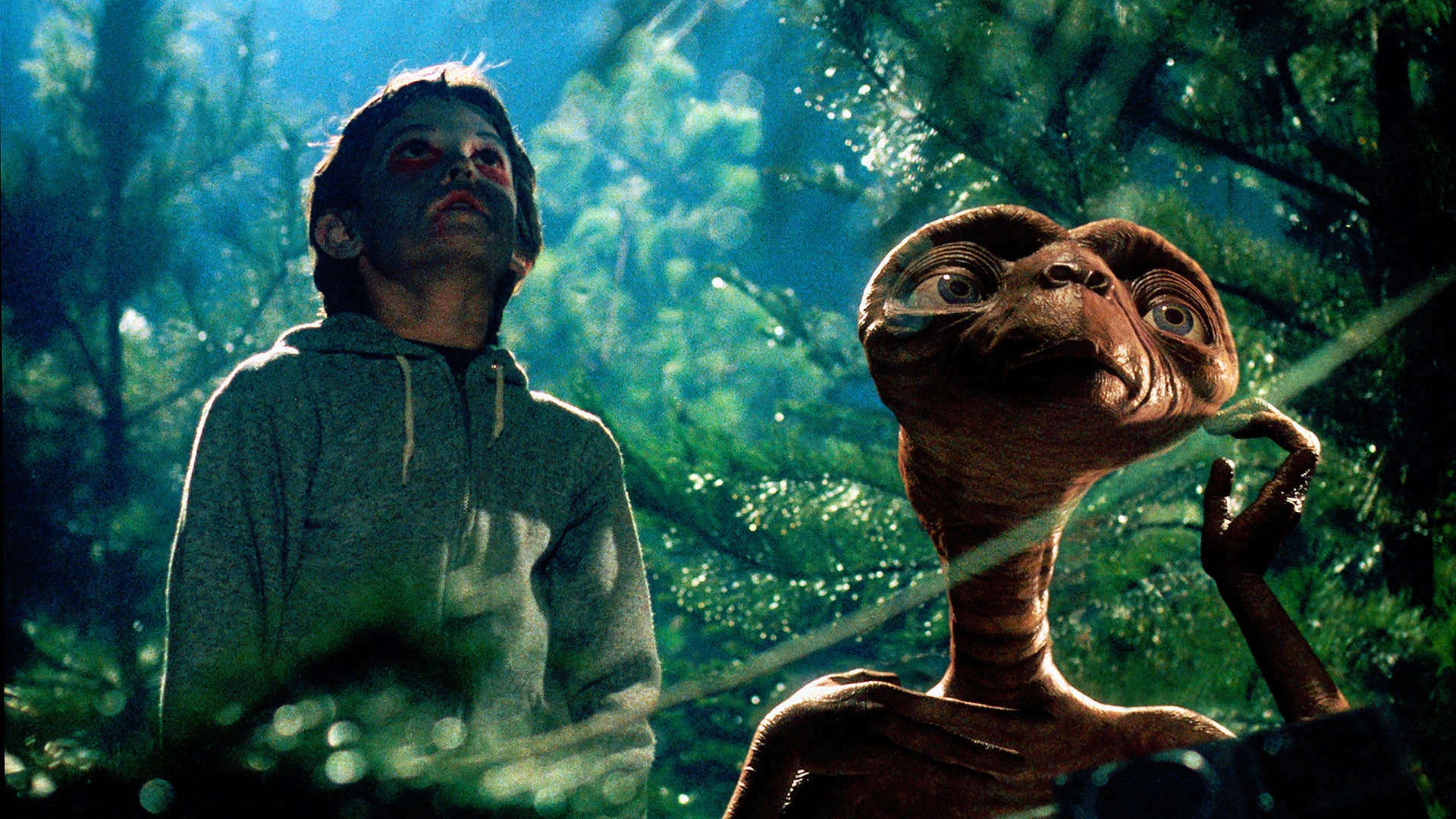
Steven Spielberg’s E.T. proved to be the highest-grossing film of the entire 1980s, and to this day many consider it the director’s true masterpiece. However, the family-friendly 1982 film might have seen its legacy somewhat tarnished had Spielberg pushed ahead on his initial ideas for a sequel. E.T. II: Nocturnal Fears would have seen Elliott and his siblings abducted and tortured by evil aliens at war with E.T.’s race. Unsurprisingly, it was deemed to be too scary an idea for a family movie, so the whole project was ditched.
The Chronicles of Narnia: The Silver Chair
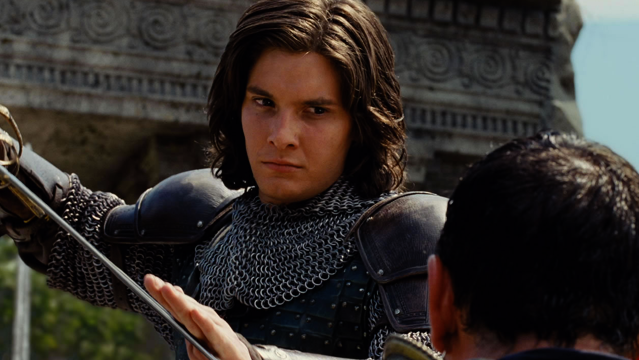
The fourth instalment of the Narnia franchise, The Silver Chair was a joint venture between the CS Lewis Company and the Mark Gordon Company. The film would have told the story of Eustace Scrubb’s second trip to Narnia, with his friend Jill Pole accompanying him. Two-time Academy Award nominee Katherine Sidhu was hired to write the screenplay, but the project was scrapped when the Mark Gordon Company was acquired by Entertainment One.
3 Guns
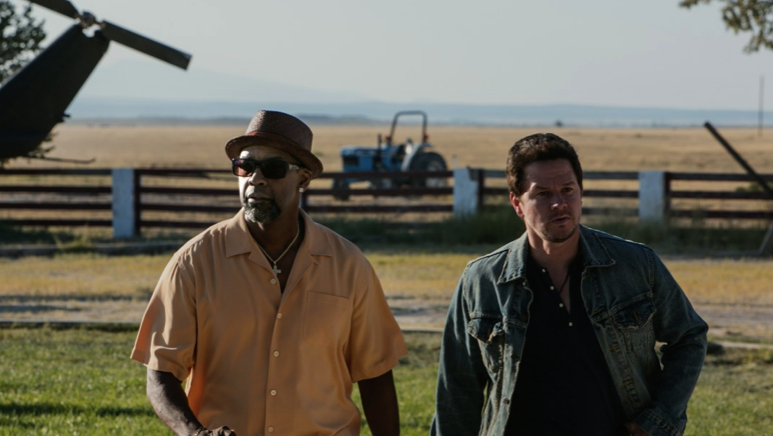
2013’s 2 Guns starred Mark Wahlberg and Denzel Washington as undercover agents who get embroiled in a plot to steal money from the Mexican cartel to fund illegal covert operations. A planned sequel, titled 3 Guns, would have seen the main characters end up on opposite sides of a Russian weapons deal, but it never made it into production.
9 sequel
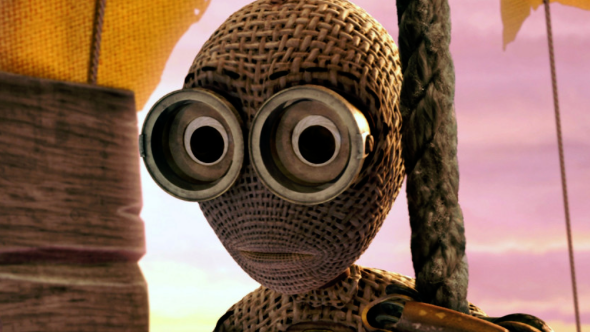
Director Shane Acker has repeatedly expressed interest in making a sequel to his 2009 movie 9. The sequel would take place after the events of the first movie, and would see 9’s characters contending with nature returning after the demise of the Machines. Unfortunately for Acker, Focus Features still own the rights, and they have refused to let the director make his planned sequel.
23 Jump Street/MIB 23
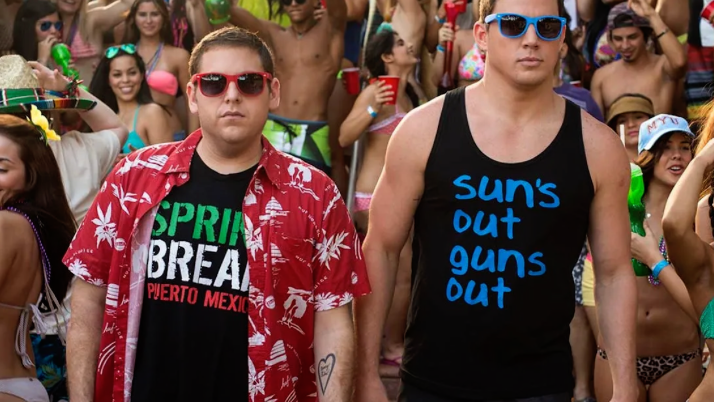
After the runaway success of 21 Jump Street and its sequel 22 Jump Street, work immediately began on a third instalment to the franchise. While a sequel picking up after the events of 22 Jump Street was considered, a more intriguing proposal would have seen a crossover with Men in Black, titled MIB 23. Sony green-lit the project, but it later fell apart due to writing difficulties.
2013
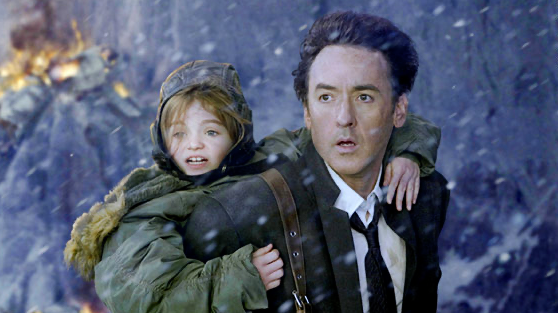
2012 starred John Cusack and Chiwetel Ejiofor, and followed their characters’ attempts to survive a global catastrophe. Despite middling reviews from critics, the film was a major financial success, and director Roland Emmerich planned a sequel, titled 2013, which would have chronicled the survivors’ efforts to survive in a now ravaged world. However, the project never got off the ground as the actors didn’t want to reprise their roles.
Wicker Man 2
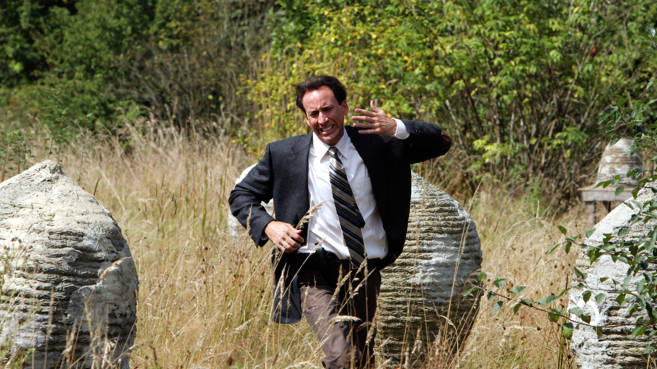
During a 2012 web chat with readers of Empire, Nicolas Cage was asked if there were any characters he’d like to revisit. Cage responded: “I would like to take The Wicker Man to Japan, except this time he’s a ghost.” While this has so far been the one and only mention of the project, it’s safe to say that there’s a pretty huge appetite for the idea.
Above the Law 2
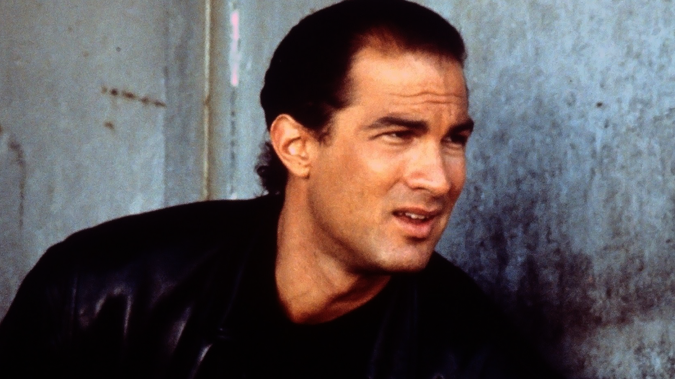
1988’s starred Steven Seagal as Nico Toscani, an ex-CIA operative who uncovers a nefarious weapons smuggling plot. The film performed well and Seagal later stated that Toscani is his favourite character he’s ever played, so no one was surprised when a sequel was seemingly confirmed in 2016. However, the project has since gone quiet and presumably been shelved, possibly due to Seagal’s stance on Russia’s invasion of Ukraine.
Abraham Lincoln: The Last American Vampire
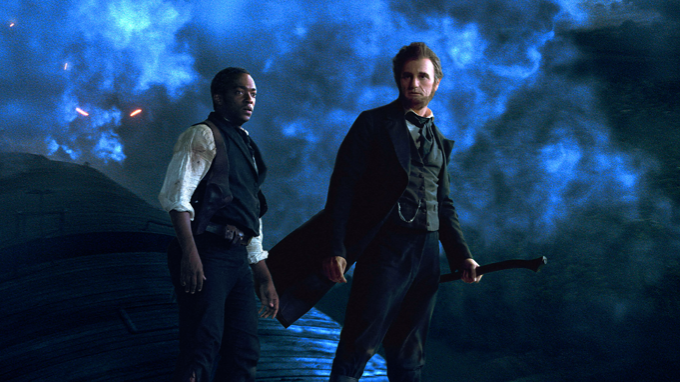
2012’s Abraham Lincoln: Vampire Hunter was an absolute fever dream, with the American president hacking through hordes of bloodsuckers. A sequel – titled Abraham Lincoln: The Last American Vampire – was proposed, with Tim Burton reportedly in negations to direct. Ultimately, the original’s poor box office performance put a stake through the prospect of a sequel and the rights were sold off, paving the way for a TV adaptation.
Absolutely Fabulous: The Movie 2
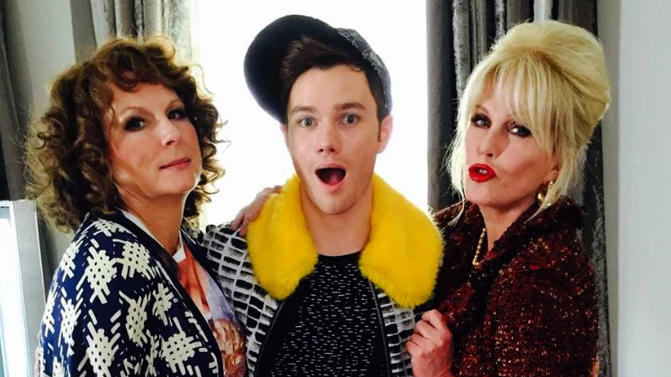
Absolutely Fabulous: The Movie stands as the rare example of a film adaptation of a beloved TV show that doesn’t defile its source material. A proposed sequel would have picked up where the first left off, with Edina and Patsy trying to navigate the fashion industry. While the studio was keen to proceed, Jennifer Saunders eventually decided that she was done with the franchise for good.
103 Dalmatians
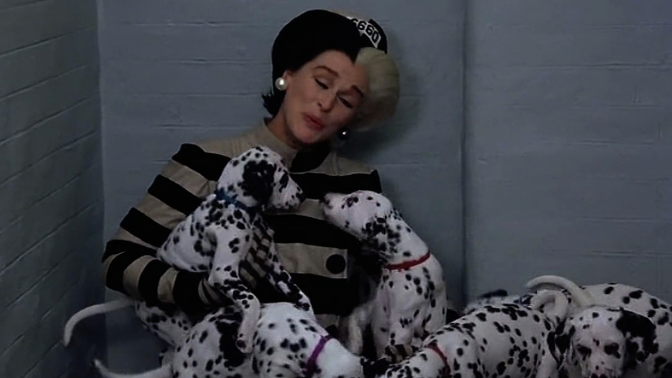
In 2021, Cruella de Vil actress Glenn Close revealed that she had written a follow up to 2000’s 102 Dalmatians. The film would have seen the actress reprise her iconic character, and would have taken place in New York. However, with the success of the Cruella reboot (on which Close worked as a producer), it’s unlikely that Disney will revisit the original franchise.
After Earth 2
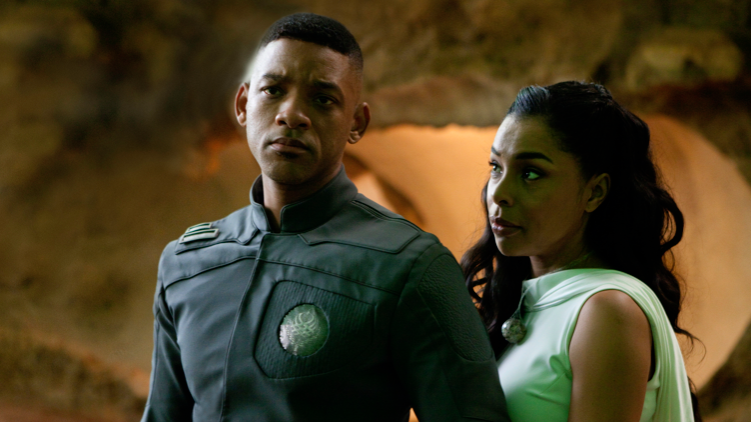
2013’s After Earth was intended to kickstart a cinematic universe, with a sequel and spinoff series planned. Unfortunately, it failed to resonate with audiences, and its mediocre performance at the box office shook the studio’s trust in the viability of a franchise. Will Smith stated the movie was the most “painful failure” of his career and claimed it harmed his relationship with his son, who also starred.